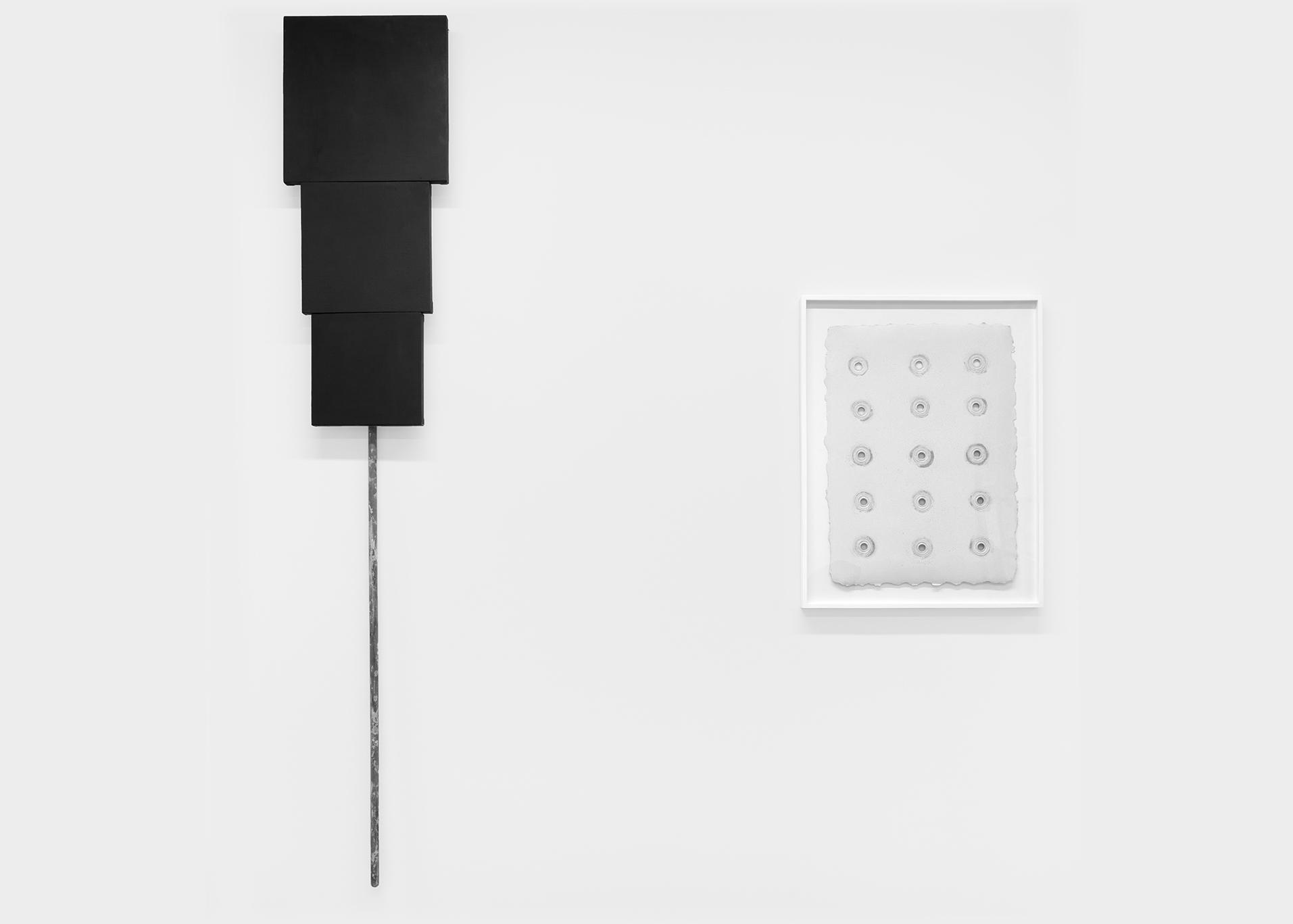September 7 - October 21, 2023
61 Lispenard Street
P: 212 925 4631
New York, NY
10013
Gerald Ferguson: Last Landscapes
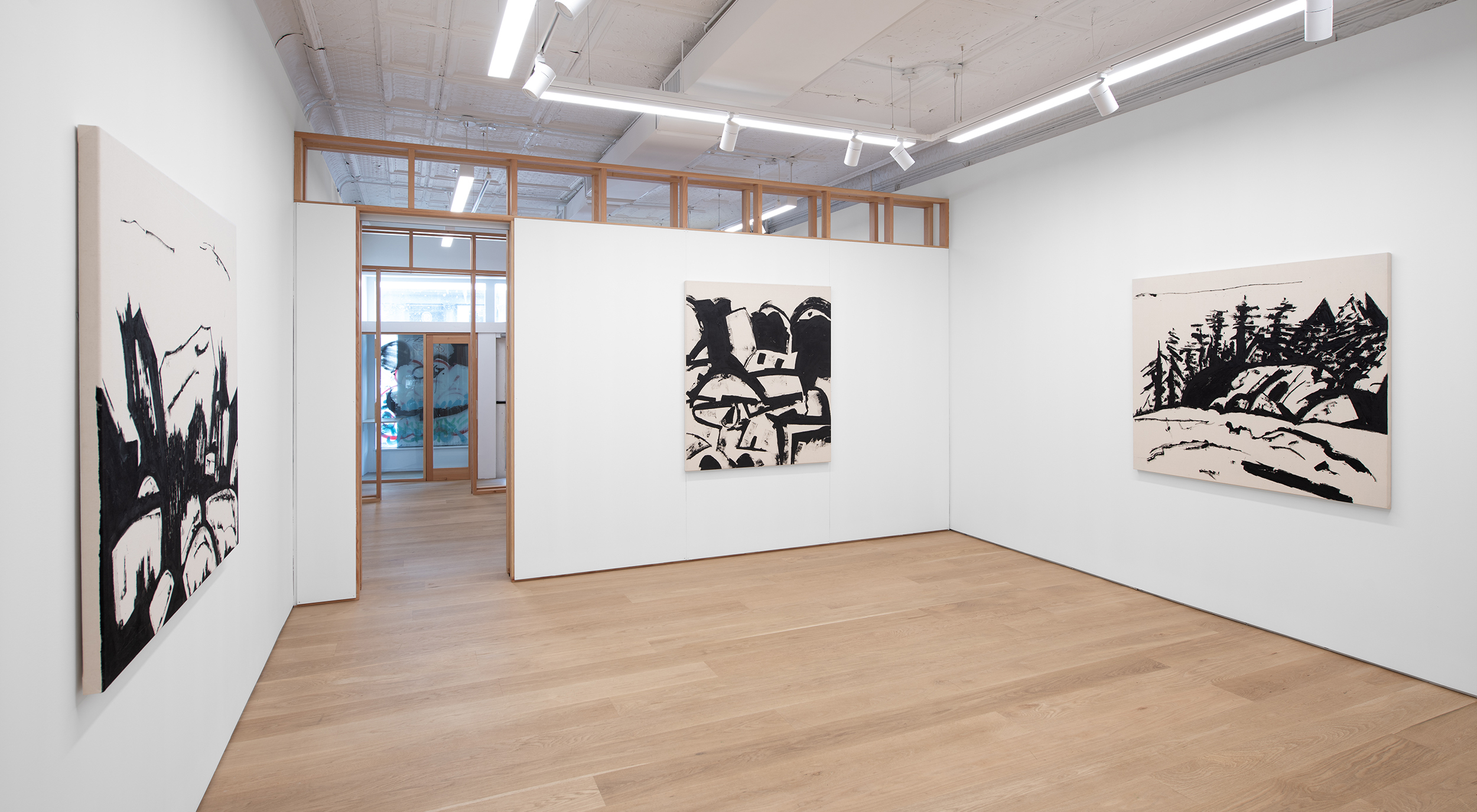
Installation view of Gerald Ferguson Last Landscapes
In the late 1960s, Cincinnati-born Gerald Ferguson traded in New York’s conceptual art scene for the chance to transform a provincial art college in Nova Scotia. For Ferguson, who was running in the same crowd as Lawrence Weiner, Dan Graham, and June Leaf, it wasn’t an easy decision to forgo the sophistication of Manhattan for a remote, impoverished navy port that valued hardiness and results over ideas; but he believed that the gallery system was starting to subsume the conceptual art movement by covertly supporting the things that he rejected — fame, excess, privilege, war. Over the next decades, Ferguson worked to turn NSCAD (Nova Scotia College of Art and Design) into a conceptual hub, importing visiting artists such as Gerhard Richter, Sol LeWitt, Eric Fischl, and Vito Acconci.
Over his almost forty-year career, Ferguson wrestled with two constants. The first was a relentless battle with depression. The second was his art practice, which consisted of conceptual works and frottage paintings, for which he is well known in Canada. In his frottage pieces, he treated folk and decorative elements with a post-minimalist approach, rubbing black house paint over canvas purchased at the local sail-making shop, repeating patterns of mostly quotidian objects such as Victorian fireplace panels, chains, ropes, and rods, which leave the viewer with a sense of hard-earned humanity.
The landscapes presented here, Ferguson’s last series of paintings, differ significantly from his past work. After breaking his arm in a car accident in 2008, Ferguson found himself unable to move his usual ropes, rods, and chains to his satisfaction. Unwilling to disrupt his studio practice, he returned to the paintings that inspired him as a young man after leaving the army. Drawing on his prodigious knowledge of art history, and using a cheap hardware store 2.5” roller, Ferguson painted directly on raw canvas with his good arm, synthesizing elements from Cezanne through the third and fourth string landscapes that form the bulwark of American art in the first half of the 20th century to Hartley. He even let himself do a variation on plein-air painting by
driving around the back roads of Nova Scotia, a diet Coke in the cup holder, a cigarette in the ashtray, fabricating sketches through his car window and a modernist American lens. Although resoundingly irascible, Ferguson was delighted to find this unexpected new studio process was marked by the presence of joy. The results in his words: “Dangerously close to real painting."
What Ferguson meant by that quip is that while it’s tempting to see these paintings as an abandonment of conceptual rigor, they are, in fact, an extension of his "anti-romantic polemic.” He thought of his painting process as a hypostasis, a scaffolding upon which he could build any work. By climbing onto it and mixing the marks, the motifs, even the aspirations of Hartley, Kadinsky, Dove, and Pinkham Ryder, Ferguson guides us through an achingly clear tour of the structures that make up the history of landscape painting, particularly early 20th century works that aspired to transcendence. To Ferguson’s point, these works are both pictures of landscapes and paintings of landscape paintings, but, quixotically, they are not landscape paintings.
– Laura Mac Donald
Gerald Ferguson (b. Cincinnati, OH 1937 – d. 2009) was a conceptual artist and painter who lived and taught in Halifax, Nova Scotia. He received an MFA from Ohio University and studied at Wilmington College, Ohio, in addition to holding visiting professor appointments at Kansas City Art Institute and California Institute of the Arts. He taught at Nova Scotia College of Art and Design (NSCAD) from 1968-2005. He presented solo exhibitions at Dalhousie Art Gallery, Art Gallery of Ontario, Vancouver Art Gallery, Winnipeg Art Gallery and the National Gallery of Canada, Olga Korper Gallery, Toronto and Canada, New York. His work is included in numerous public collections such as MoMA, New York; Art Gallery of Nova Scotia, Halifax; Art Gallery of Ontario, Toronto; National Gallery of Canada, Ottawa; Dalhousie University Art Gallery, Halifax; Vancouver Art Gallery, Vancouver; Glenbow Museum, Calgary; Museum Struzki, Lodz, Poland; Confederation Centre of the Arts, Prince Edward Island, among others.
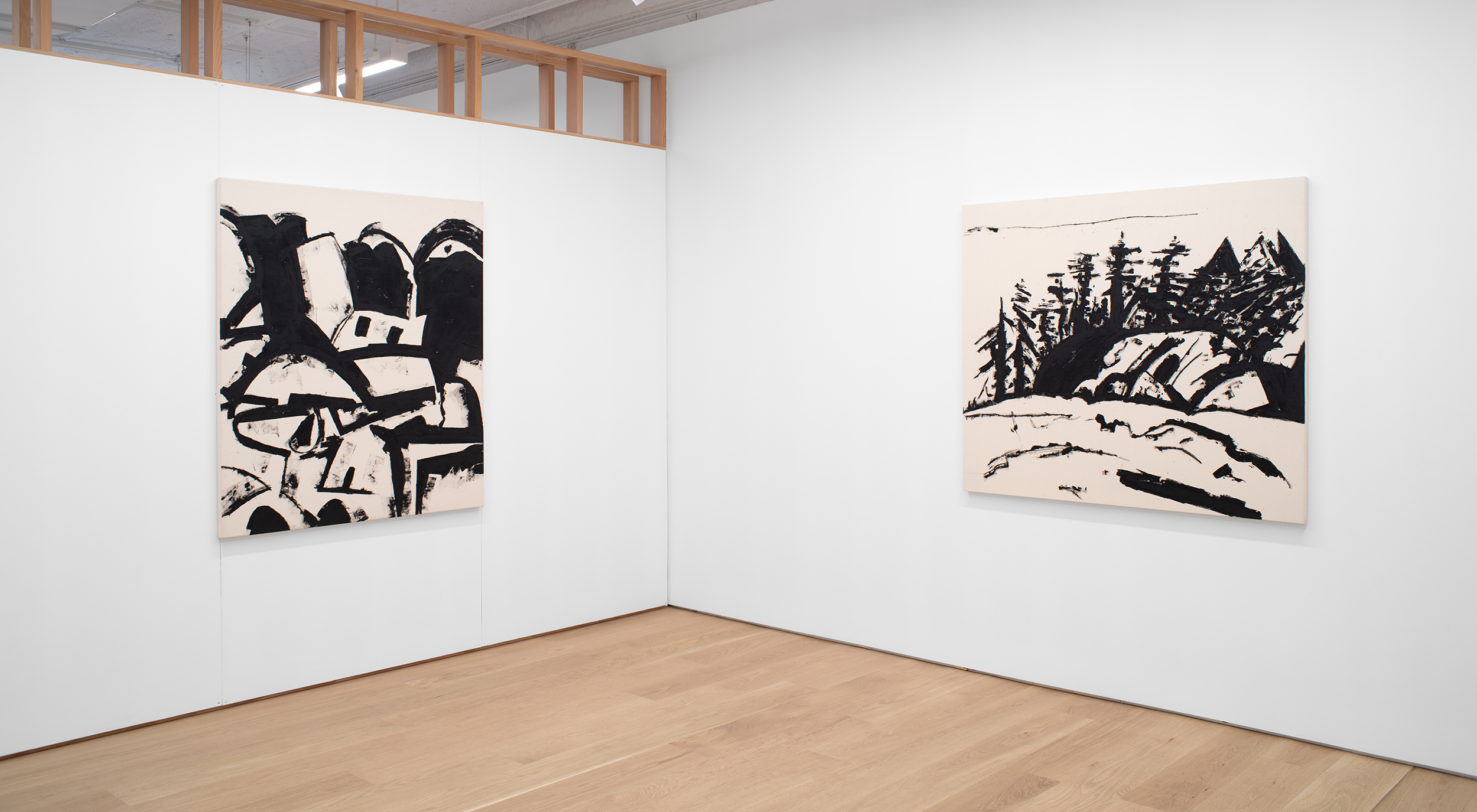
Installation view of Gerald Ferguson Last Landscapes
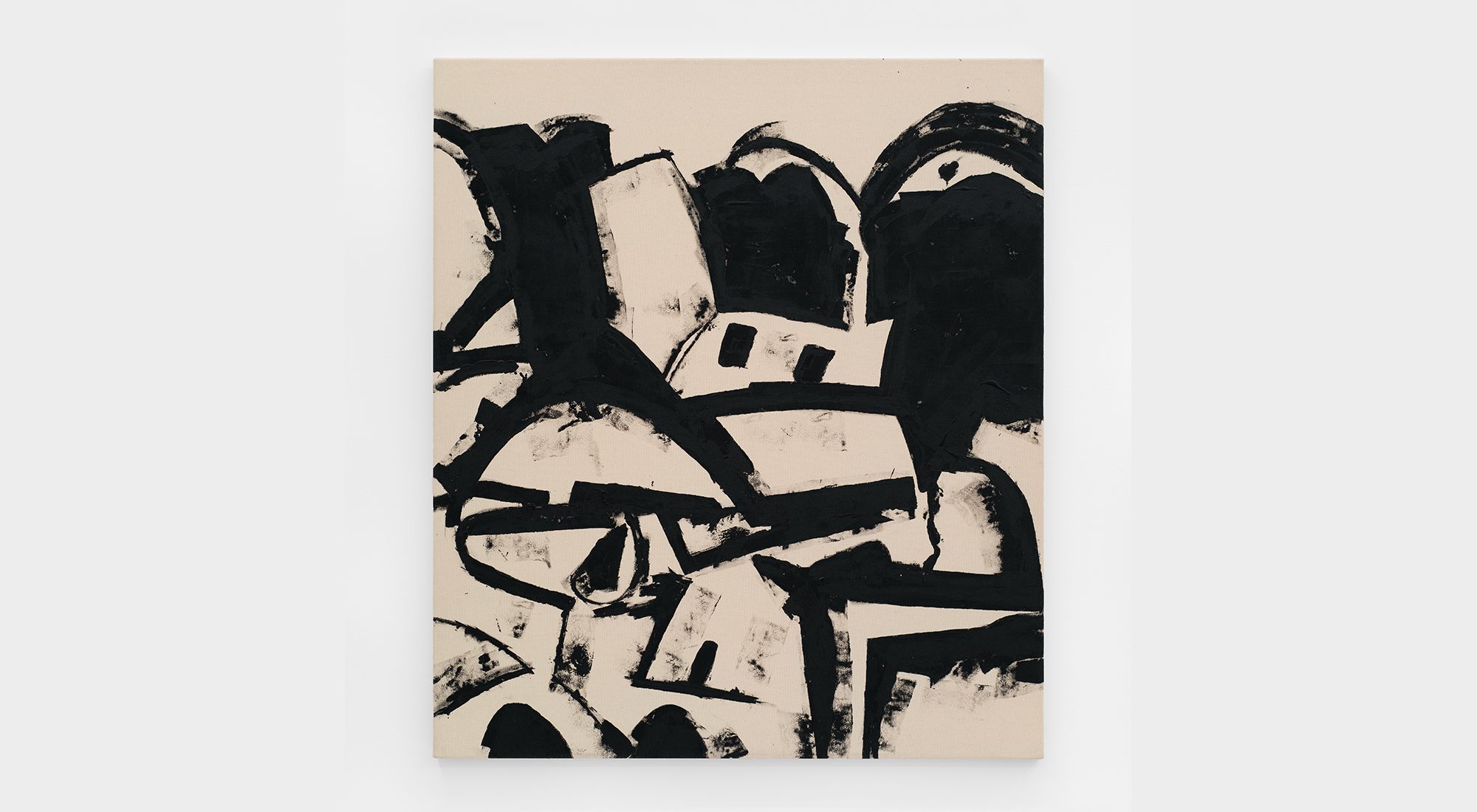
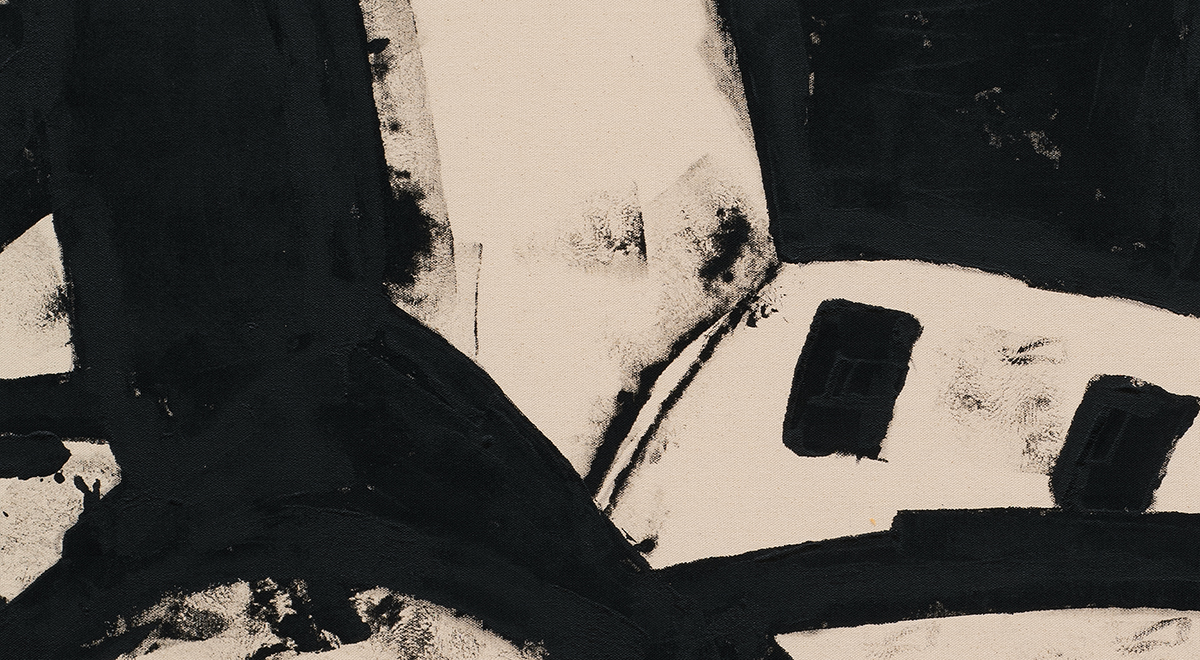
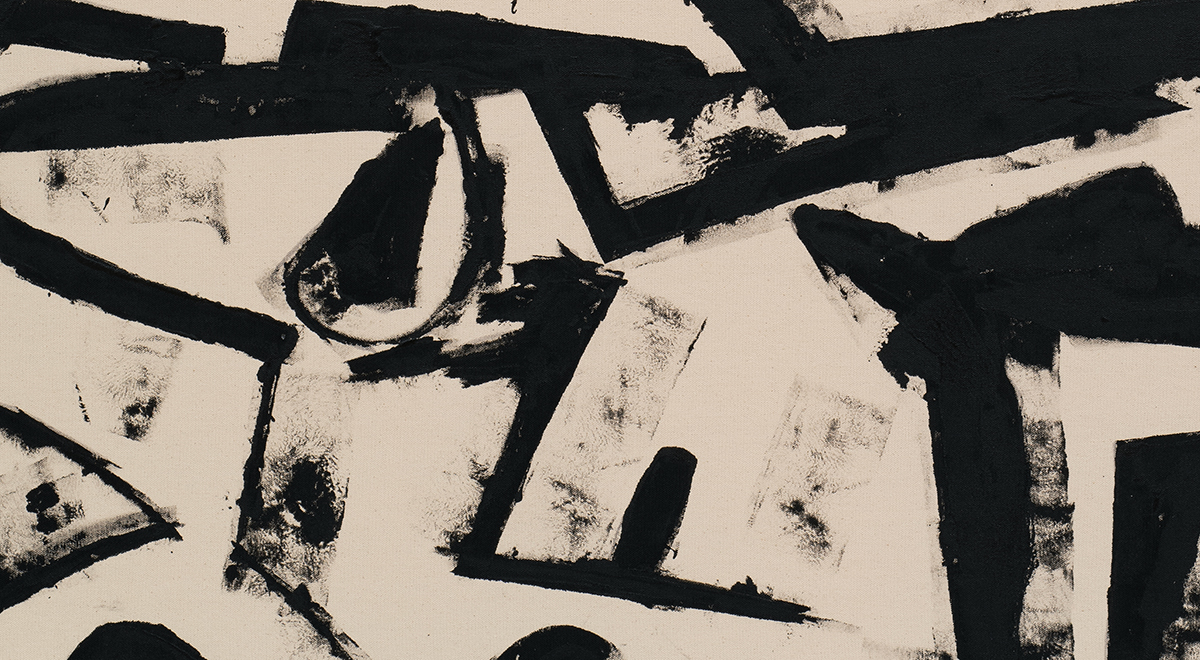
Rock Pile, 2008
Enamel on canvas
55 × 48 in

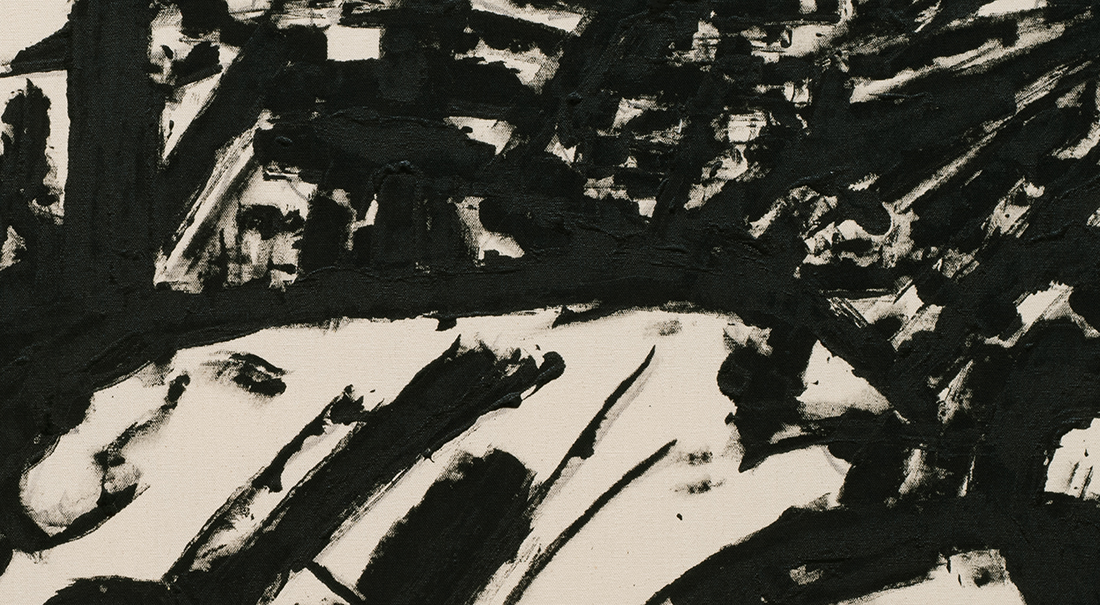

Trees and Rock, 2008
Enamel on canvas
48 × 55 in
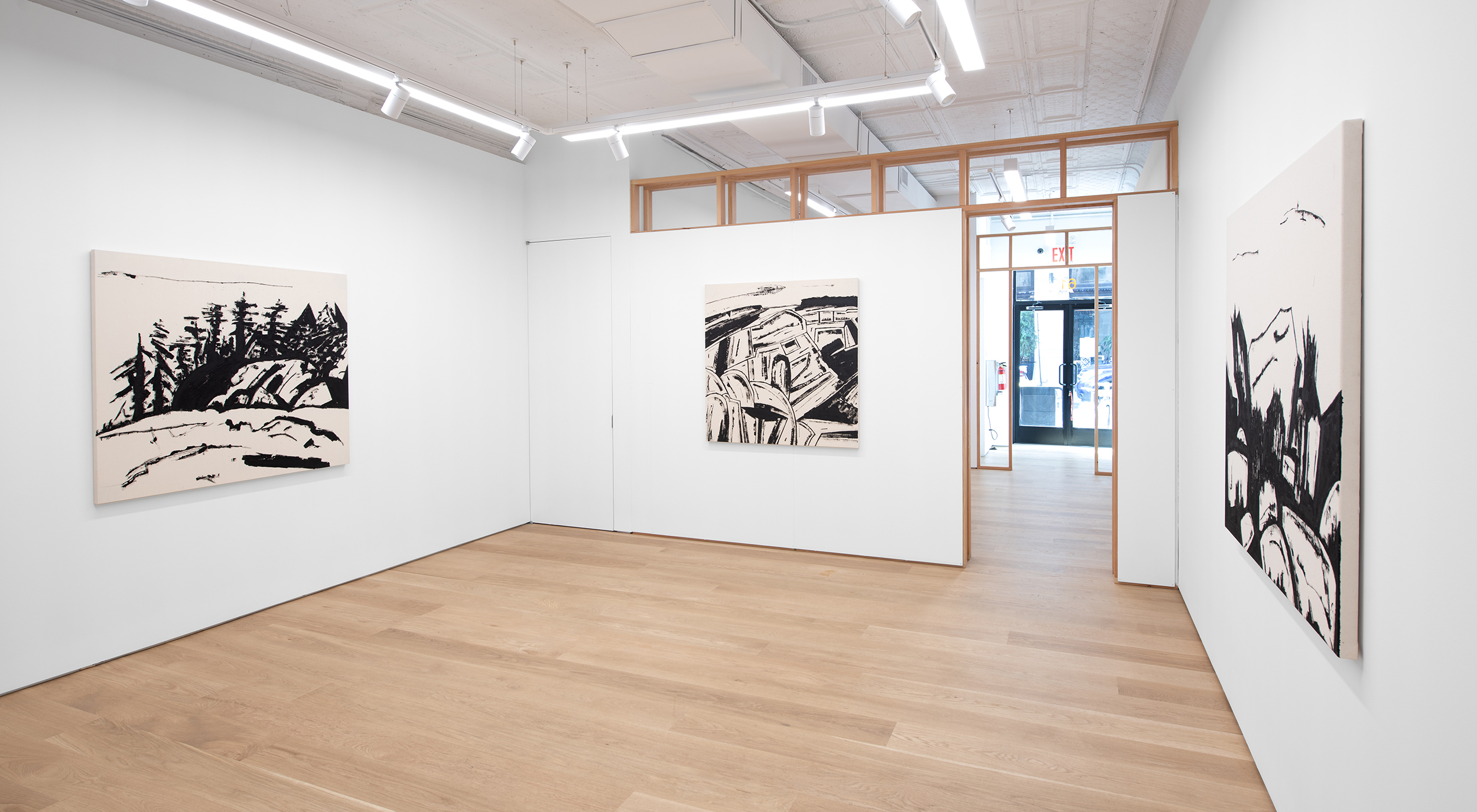
Installation view of Gerald Ferguson Last Landscapes
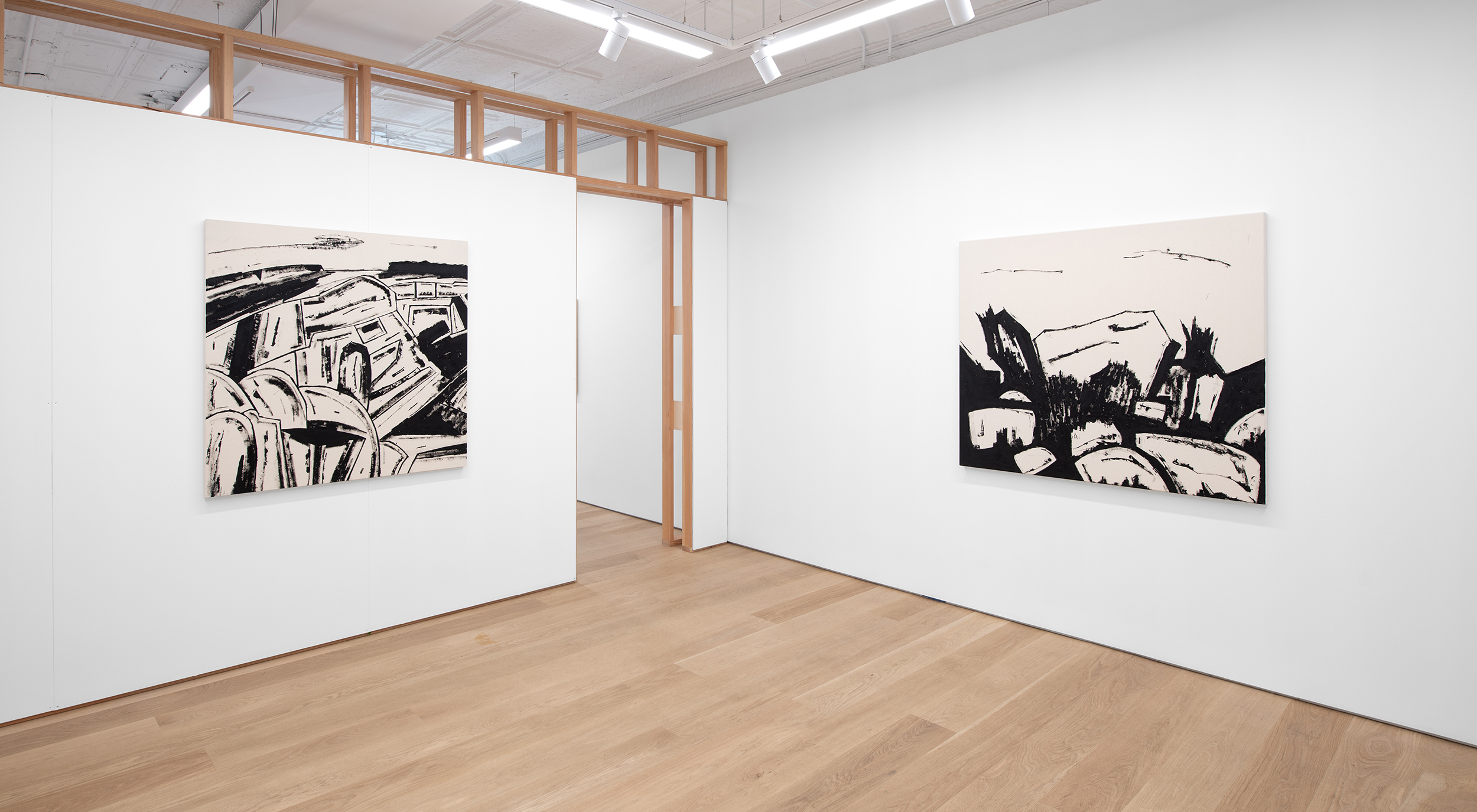
Installation view of Gerald Ferguson Last Landscapes

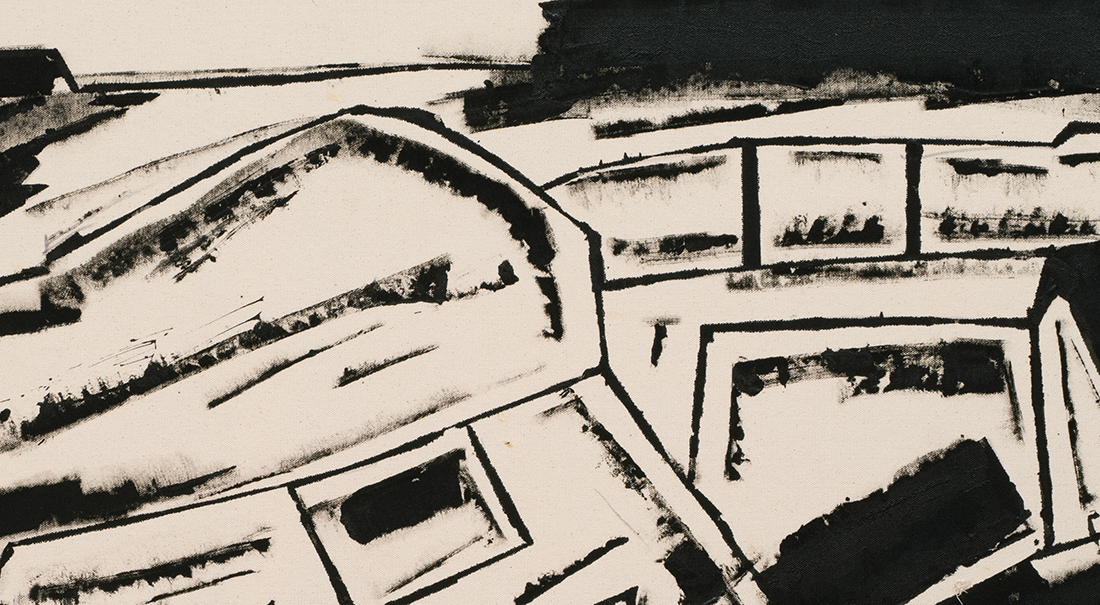
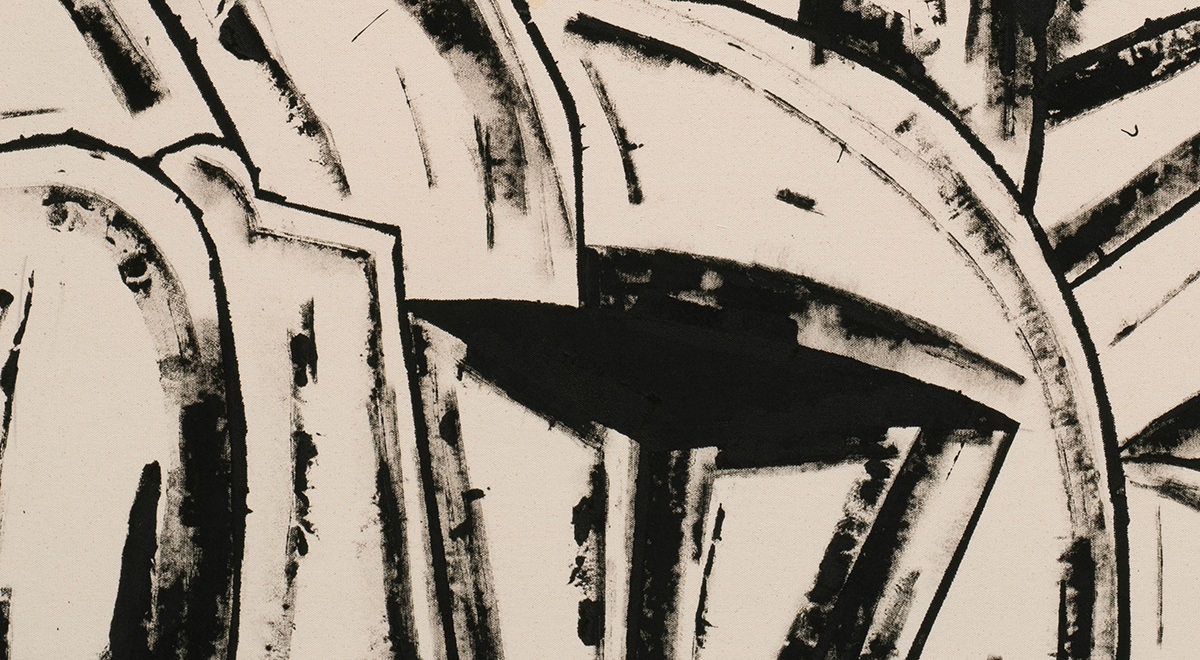
Logs, 2008-2009
Enamel on canvas
48 × 48 in
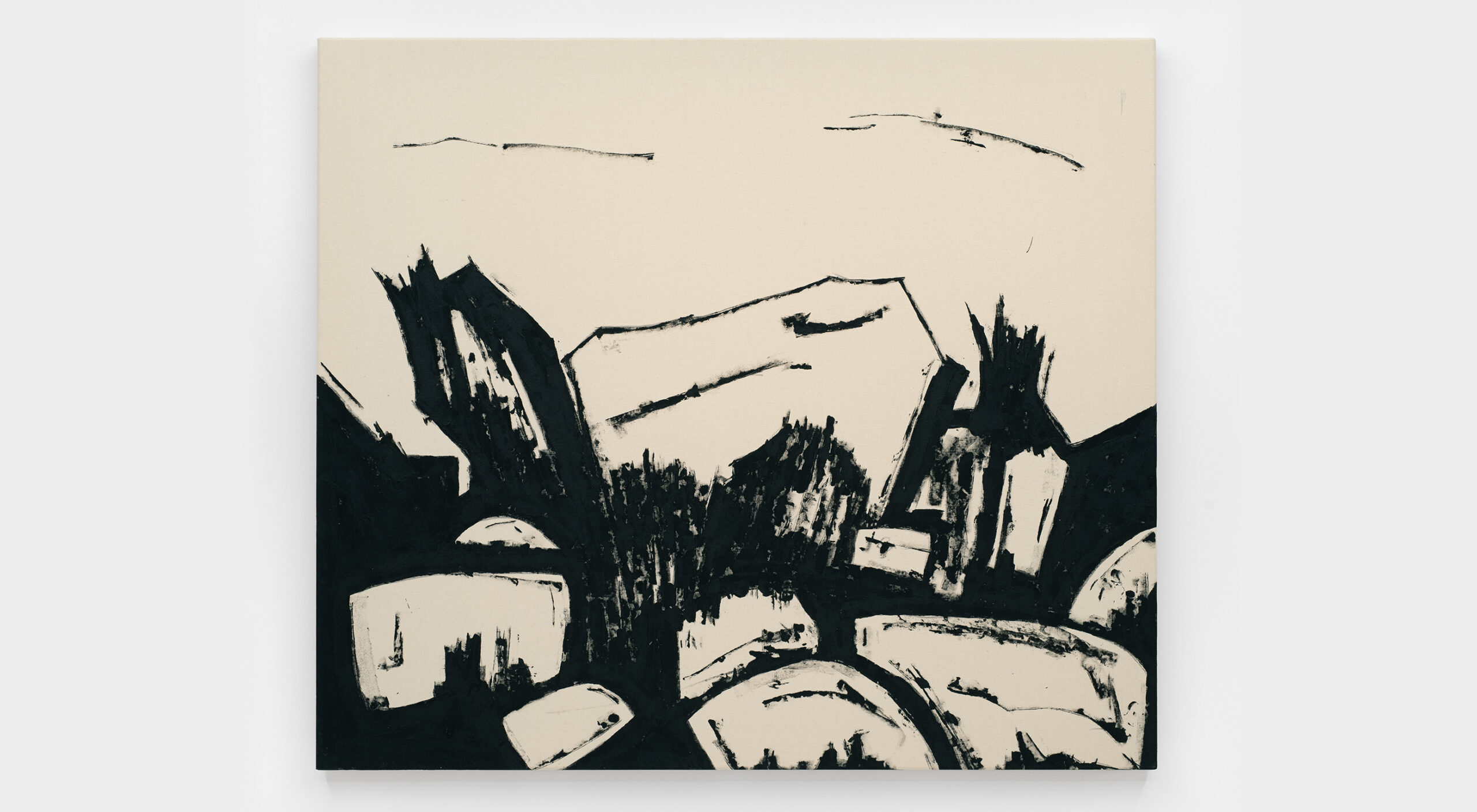
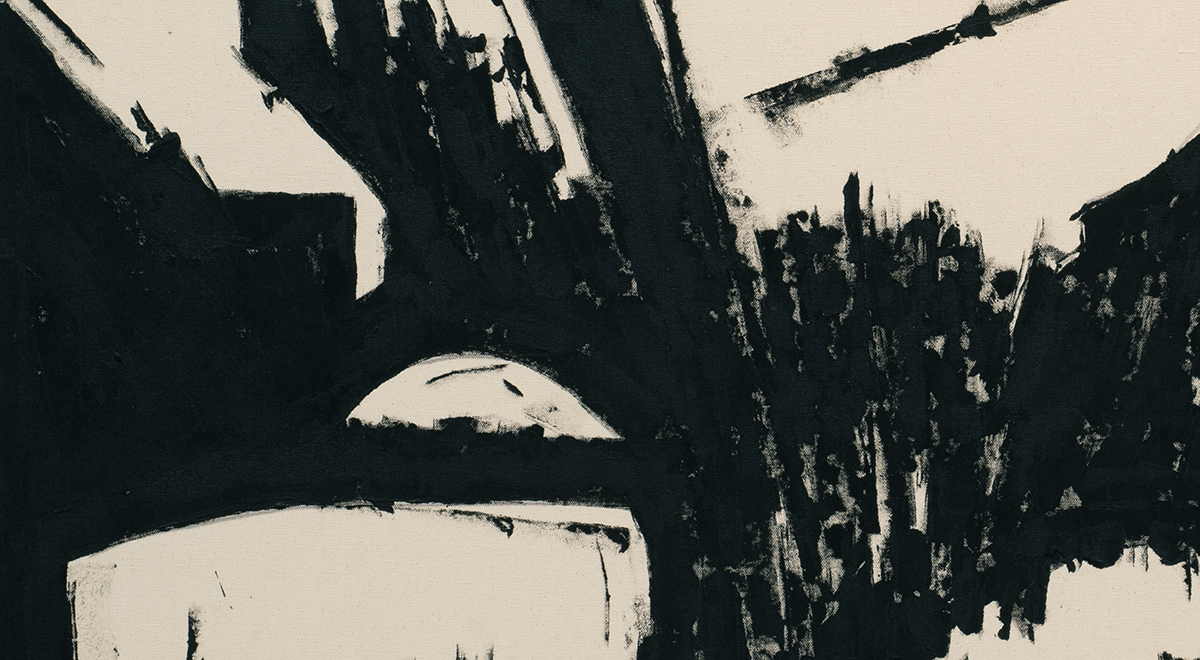
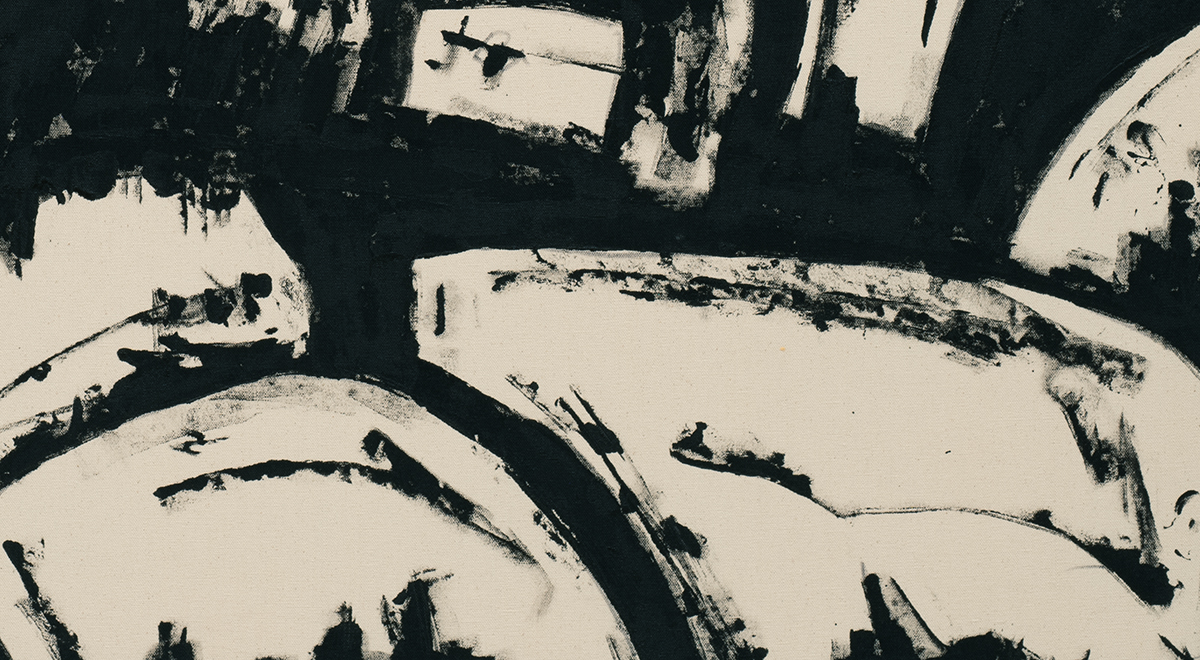
Rock, Bush, Tree, 2008
Enamel on canvas
48 × 55 in

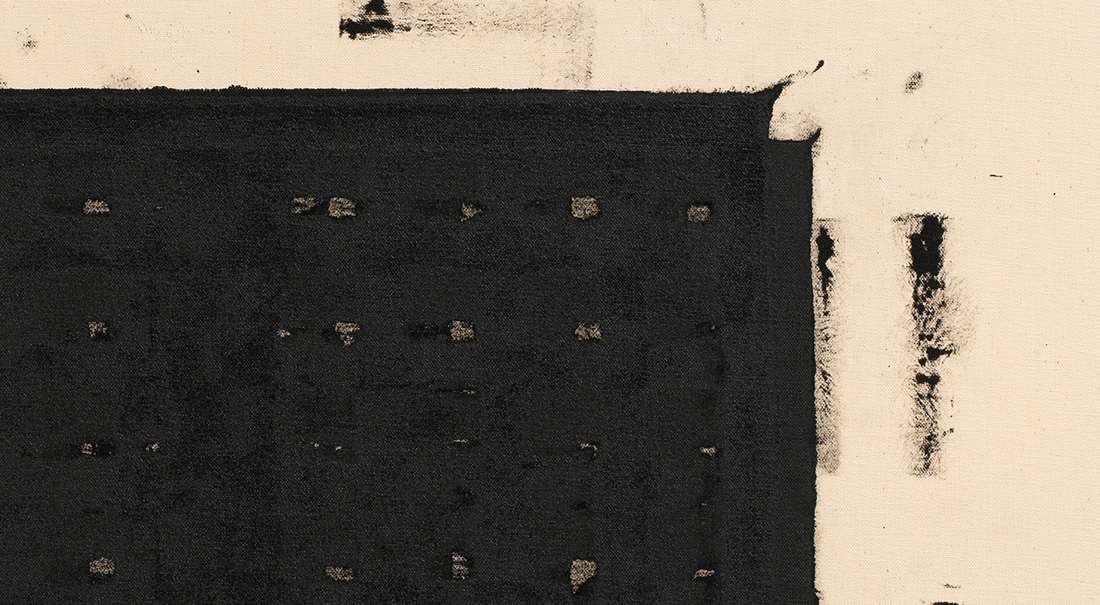
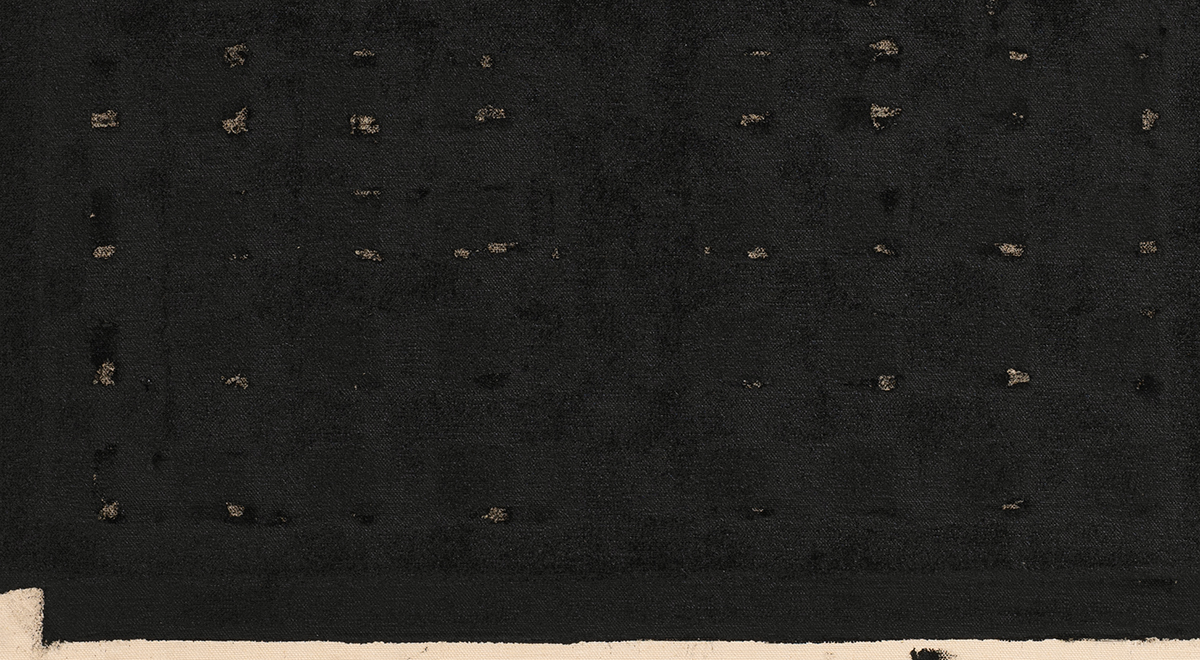
2 Drain Covers, 2006
Enamel on canvas
33 × 33 in
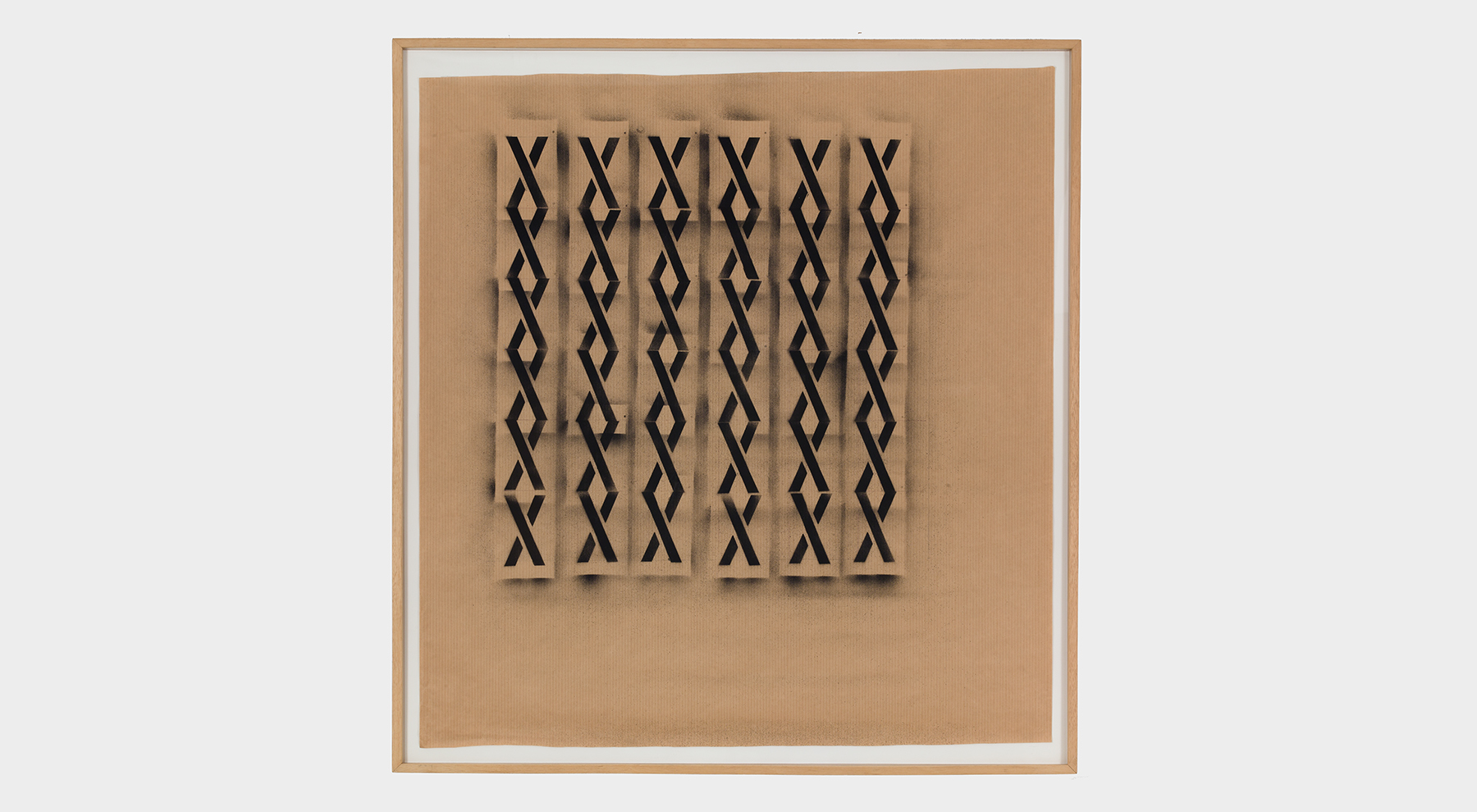


Untitled X, 1968
Enamel on brown paper
40 × 37 in (framed)
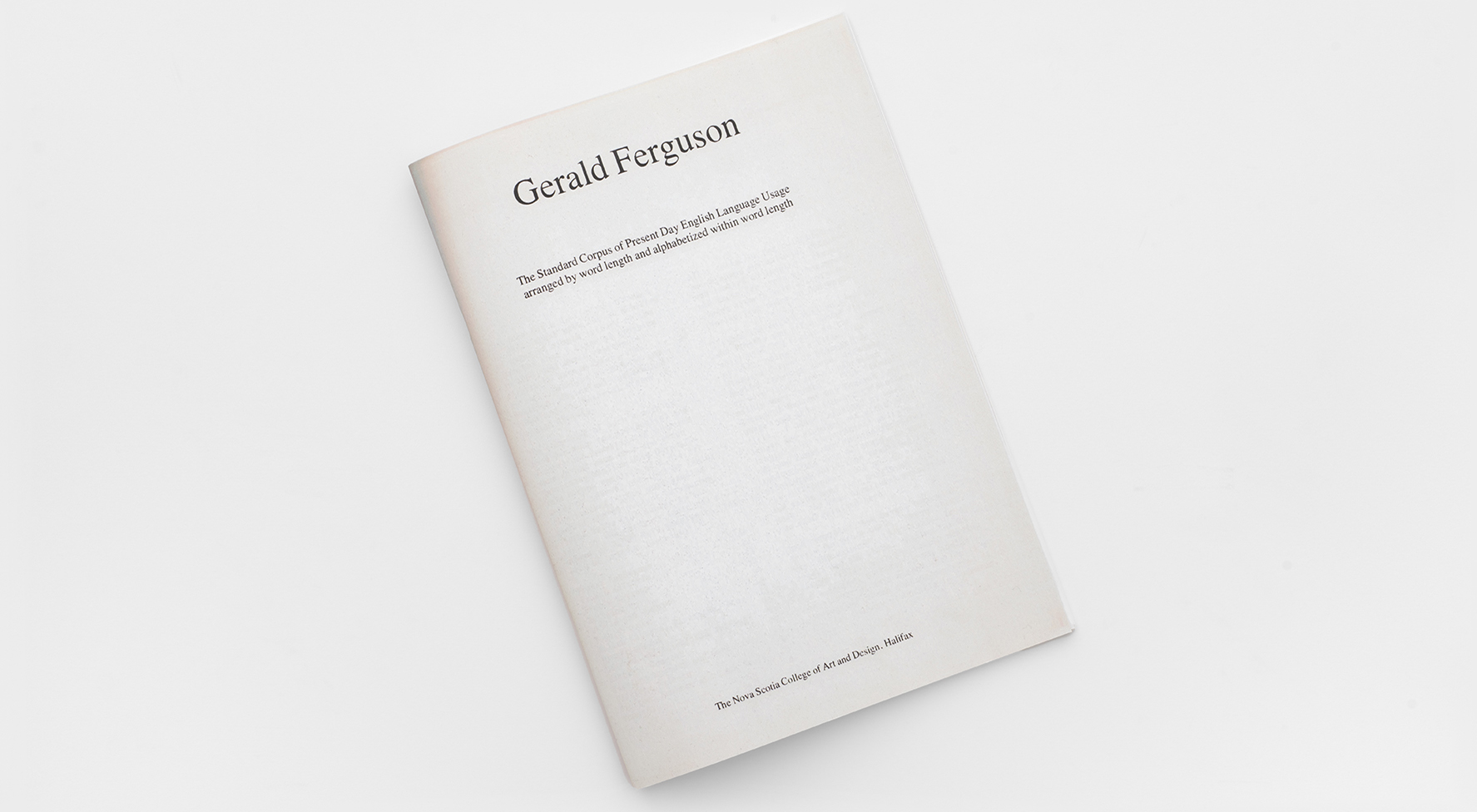
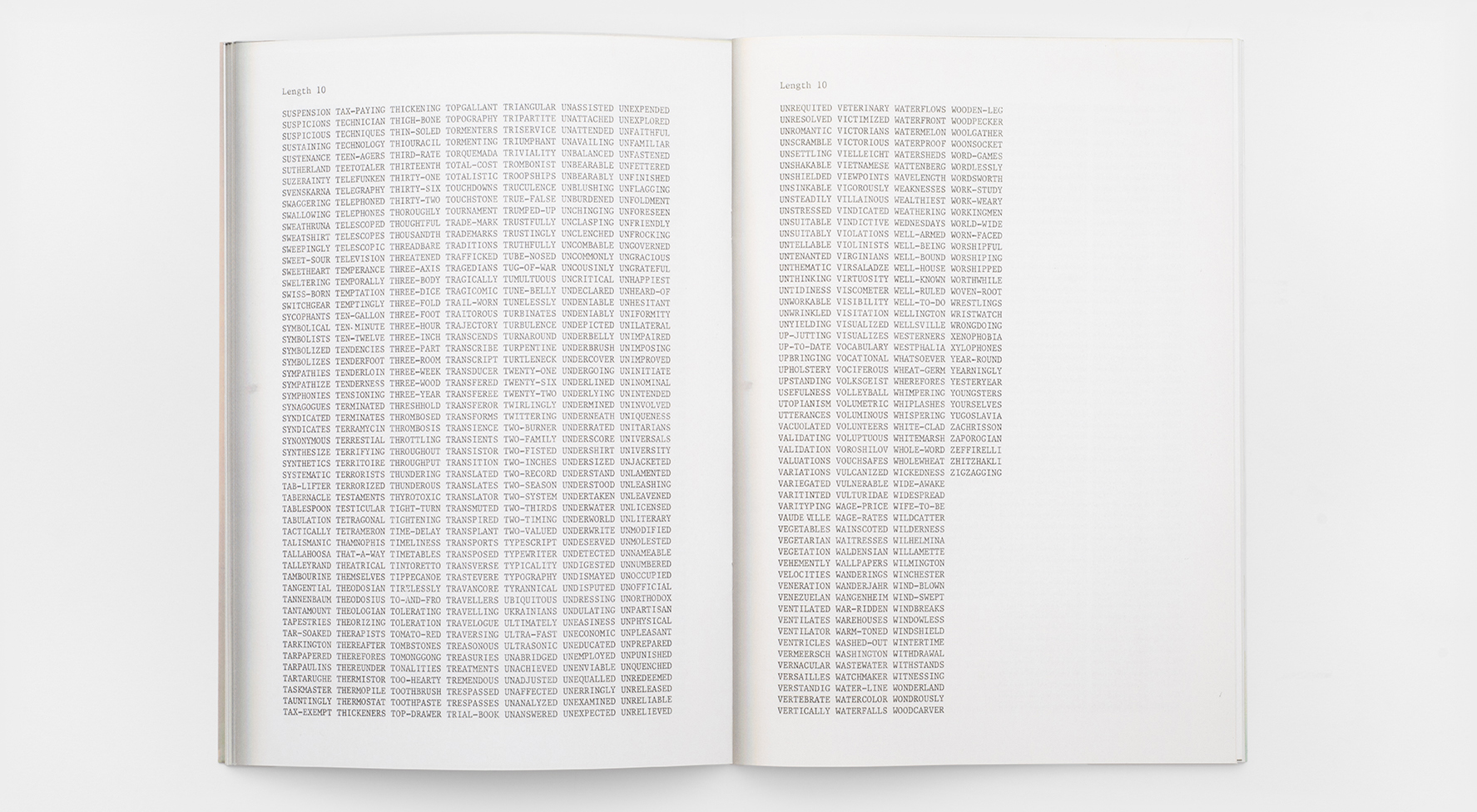

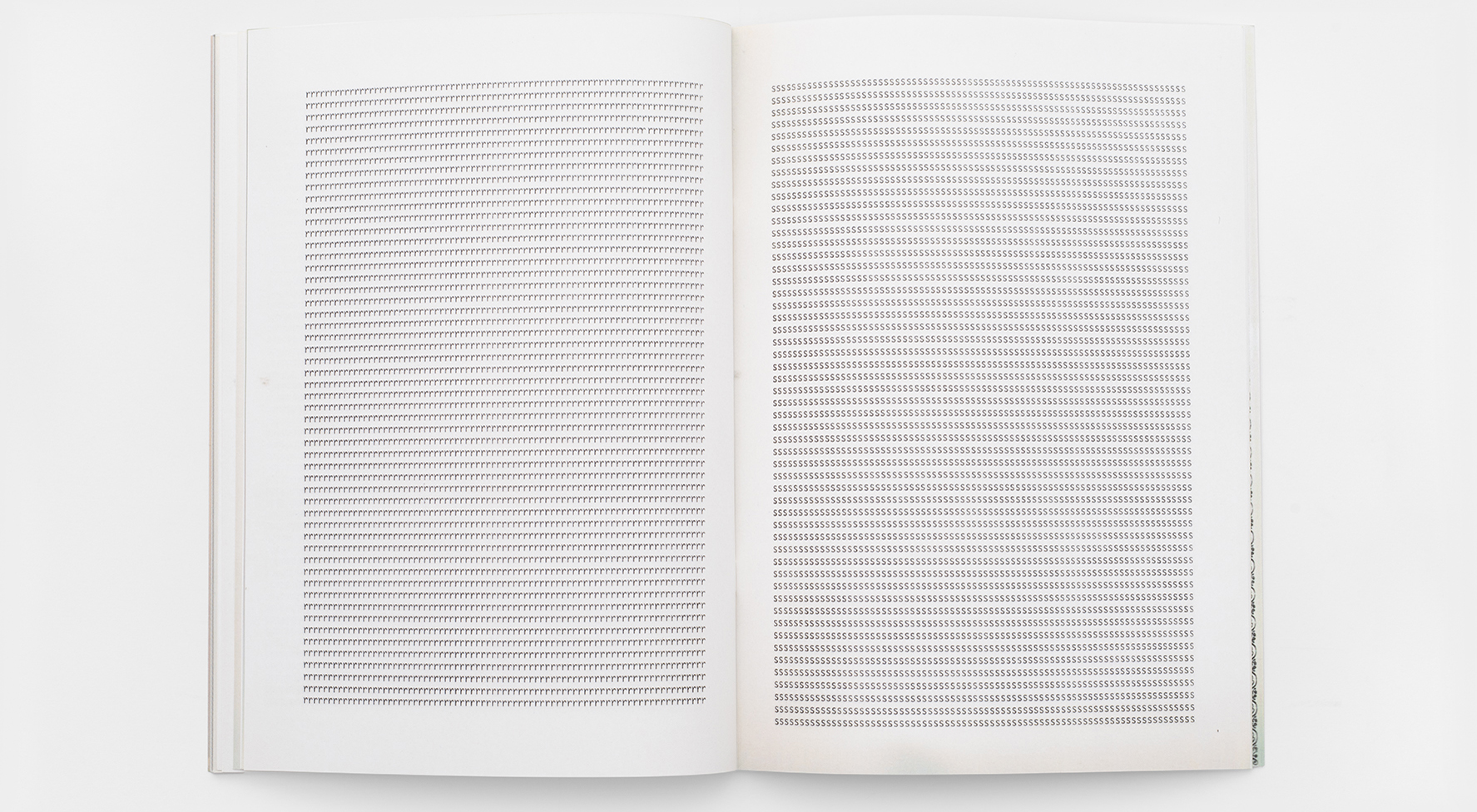
Gerald Ferguson:The Standard Corpus
Published by Canada
Description of the book by Gerald Ferguson below:
The idea for a dictionary arranged by word length grew out of a series of pages of single letters of the alphabet that I typed as graphics in 1968, and which represented efforts to extend ideas, then current, relating to modular composition, objectively determined forms and the material status of printed letters.
The composing of such a work by hand was much too impractical and I therefore investigated computer sources and came upon the Brown University Million Word Corpus. This Corpus consists of 1,014,232 words or tokens, obtained by taking five hundred, 2,000 word samples in each of the 15 subject categories listed below (the number to the right of the category indicates the number of 2,000 word samples in that area of written language):
Press: Reportage 44, Press: Editorial 27, Press: Reviews 17, Religion: 17, Skills and Hobbies: 36, Popular Lore: 48, Belles Lettres, Biography, etc.: 75, Miscellaneous: 30, Learned and Scientific Writing: 80, Fiction: General 29, Fiction: Mystery and Detective 24, Fiction: Science 6, Fiction: Romance and Love Story 29, & Humor: 9
After collation for coincidence of appearance, the material obtained was limited to lengths 1 through 20 and those few types with computational symbols were edited out, leaving just under 50,000 words. I typed the entire work on stencils and finally ran off a bound first edition of 300 copies in the summer of 1970, using as a title "The Standard Corpus of present Day English Language Usage, arranged by word length and alphabetized within word length". "The Standard Corpus of Present Day English Language Usage" was Brown University's study title. I added "arranged by word length and alphabetized within word length". In the original edition various human and machine-generated inaccuracies were welcomed, as were structural variations resulting from the self-imposed rule not to violate the right hand side margin of each page. The same structural principle has been retained here.
Once completed, the Corpus became a source for other works. Among those was "Equivalents", 1971 (inside front cover) and the choral reading for 26 voices (1972), with the Corpus serving as a score. Included on the inside back cover of this second edition is a photograph of the reading performed at The Art Gallery of Ontario in November, 1977.
$20, Purchase here.
Selected Works
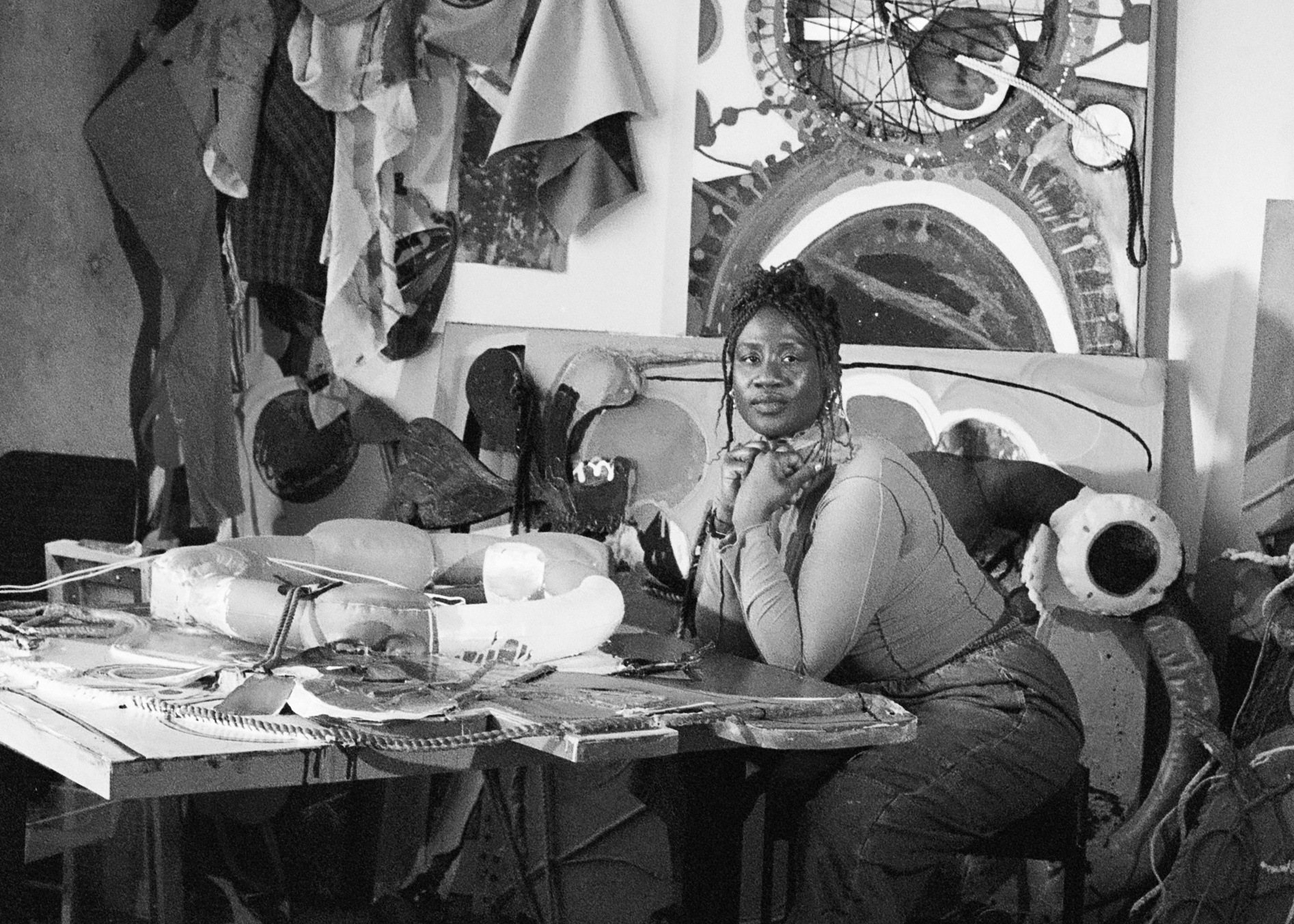
Dream SpeakRachel Eulena Williams
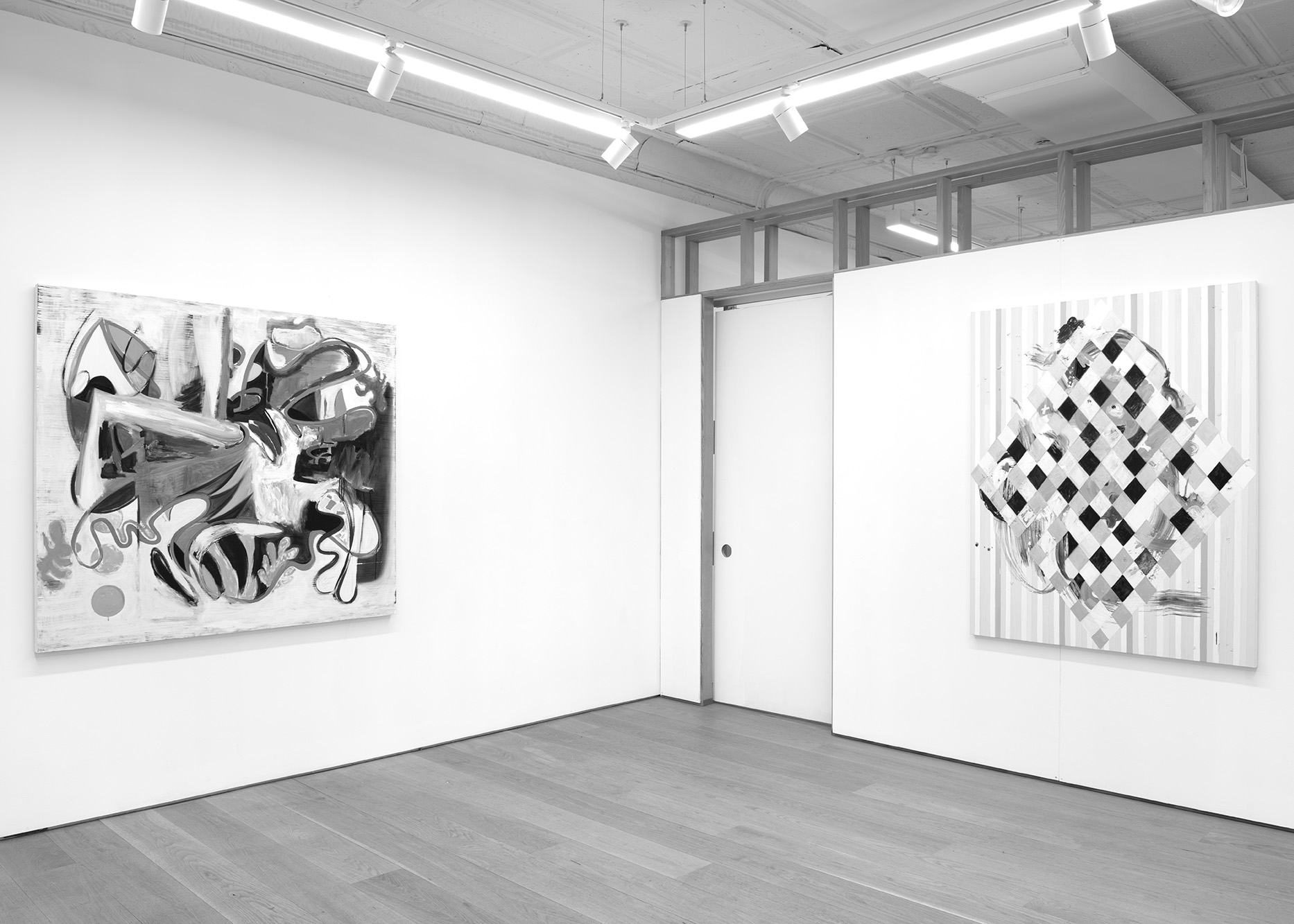
ZzyzxChristina Sucgang
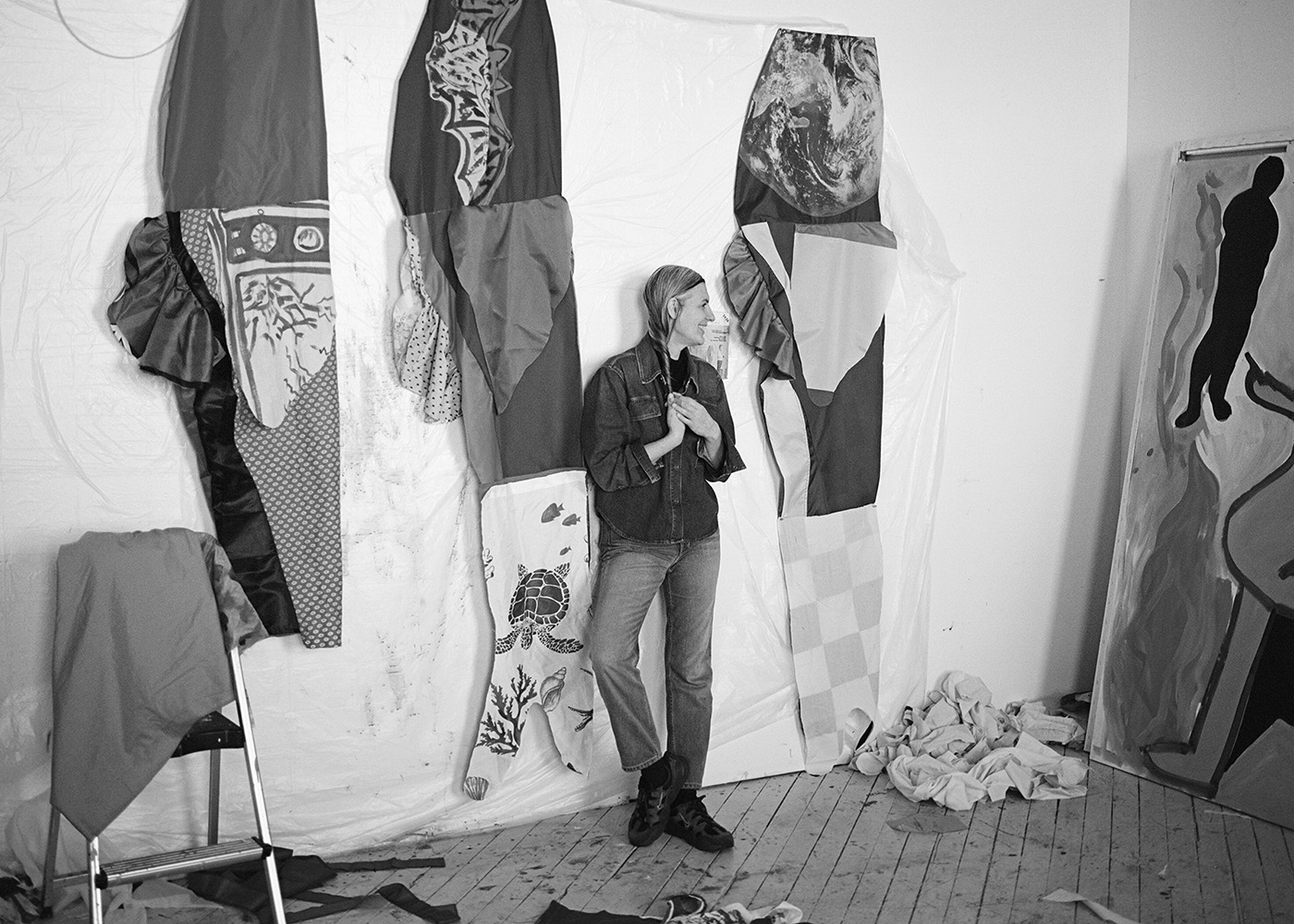
HomesickSadie Laska

Promised LightLuke Murphy
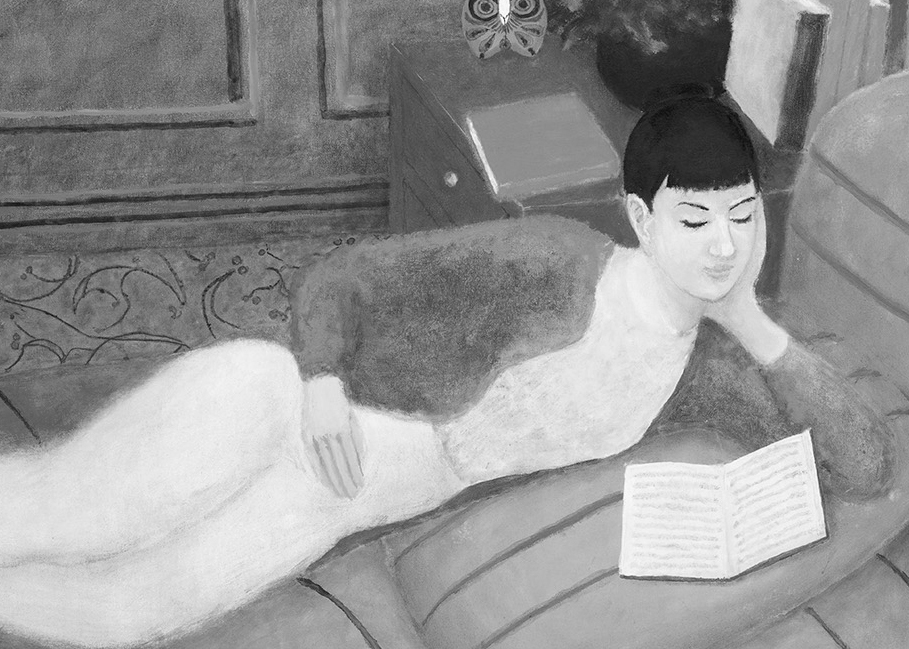
ReadersKiyoshi Tsuchiya
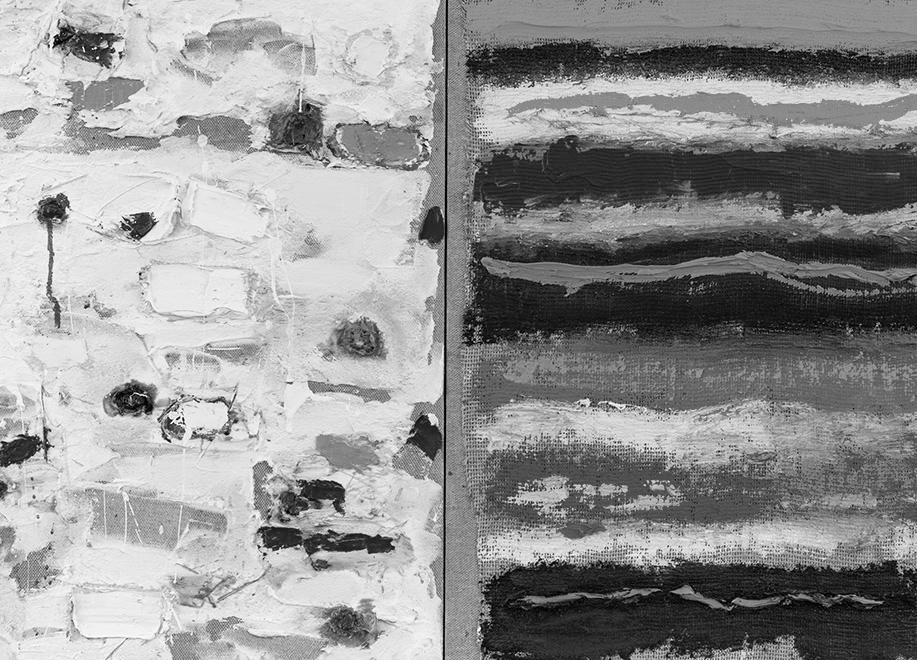
ComeCloseJoan Snyder
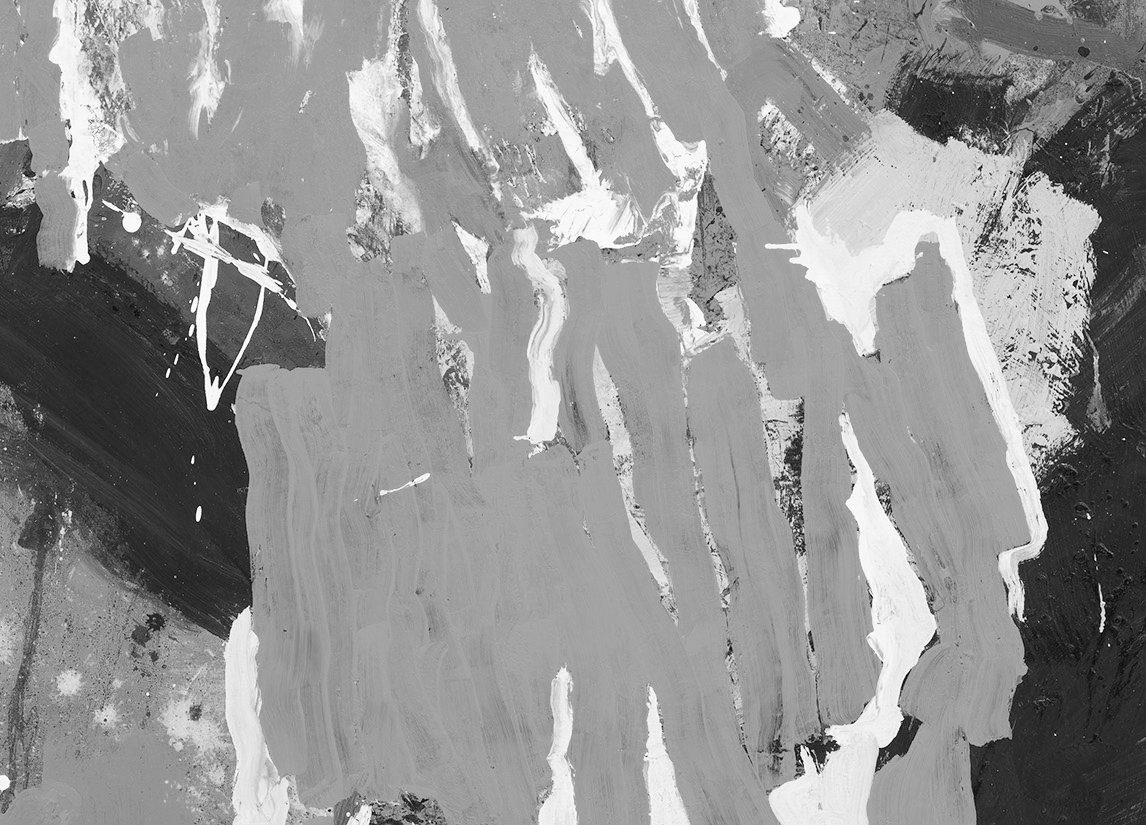
NocturnesAnke Weyer

Arms and the SeaKatherine Bradford
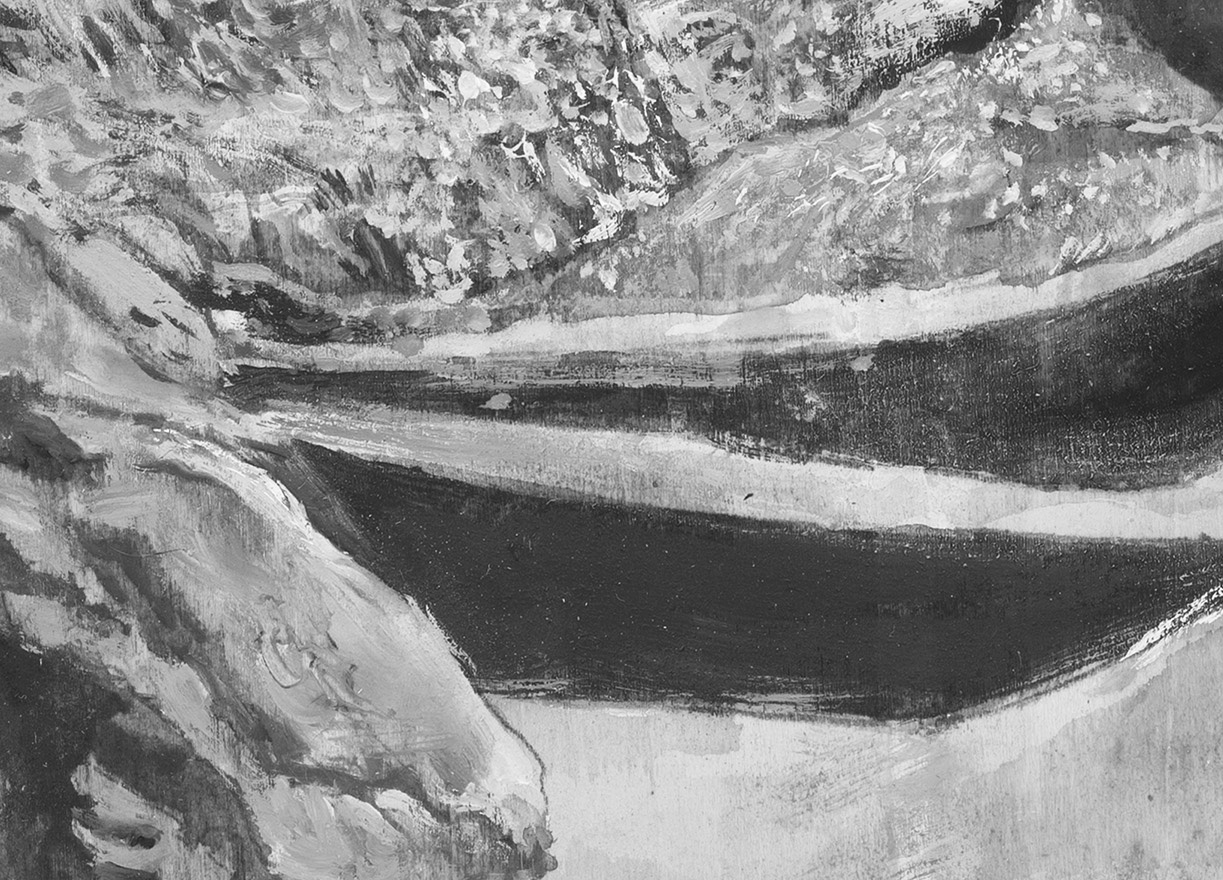
Objet OuttaKen Resseger

The Vanity of Human GreatnessMarc Hundley
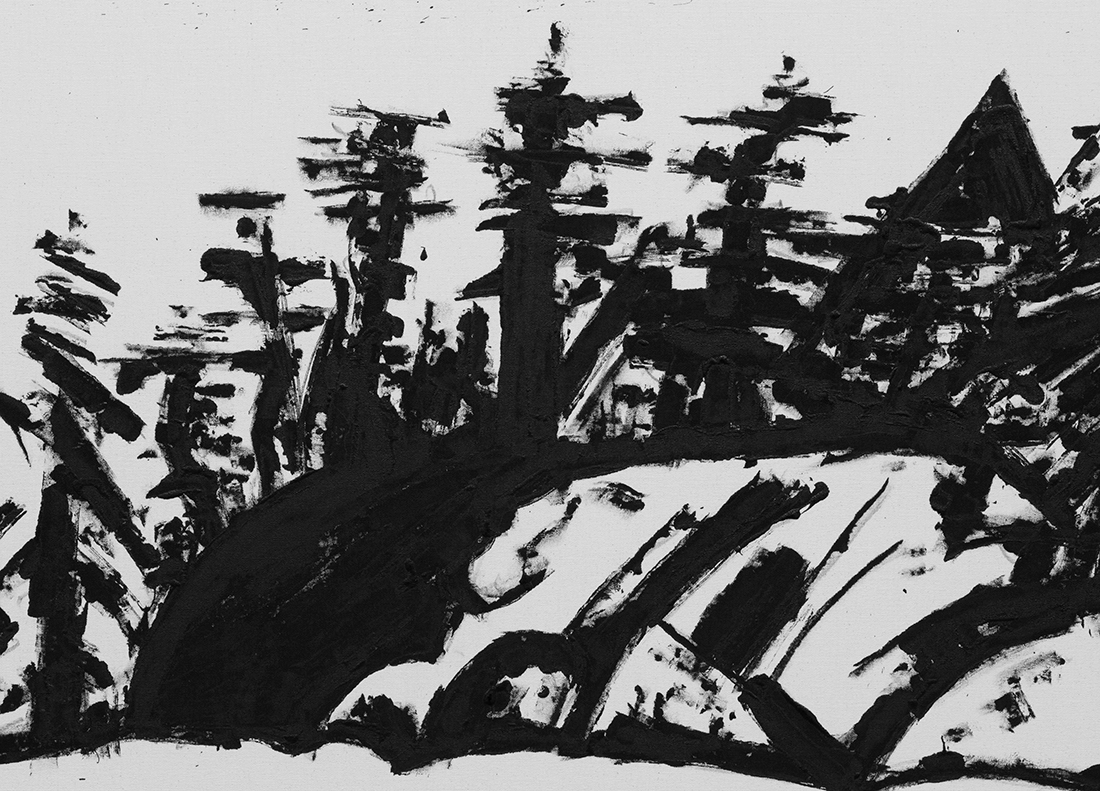
Last LandscapesGerald Ferguson
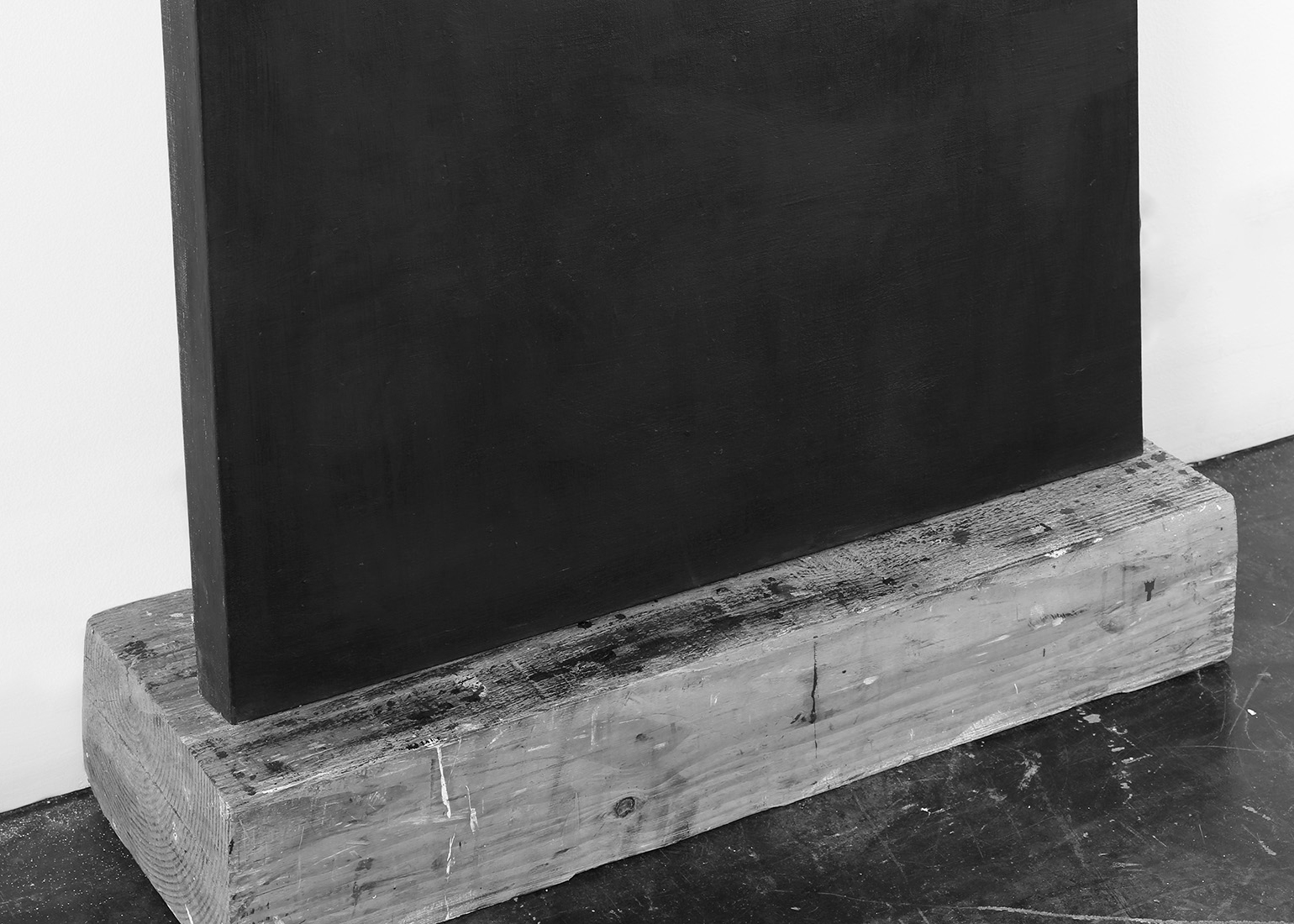
To be pained is to have lived through feelingDenzil Hurley

A Seat in the Boat of the SunElisabeth Kley
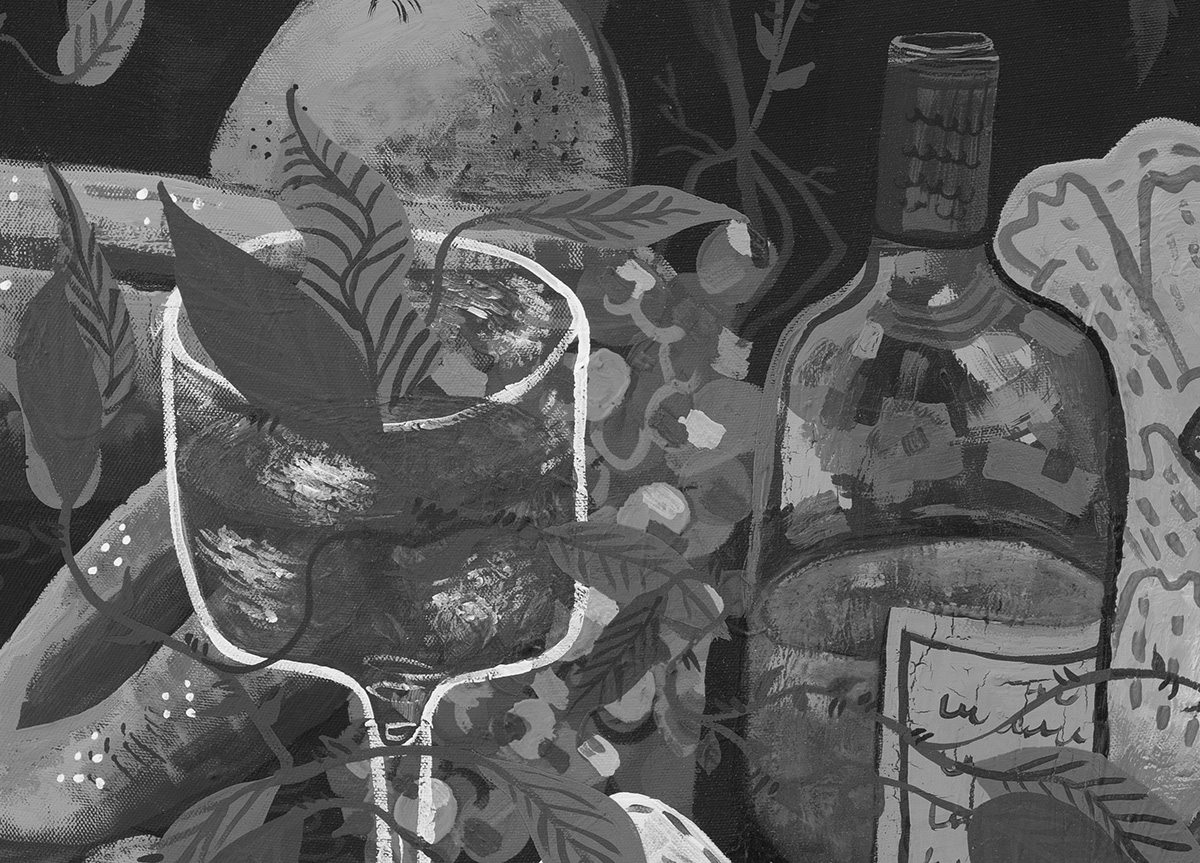
Leroy's LuncheonAzikiwe Mohammed
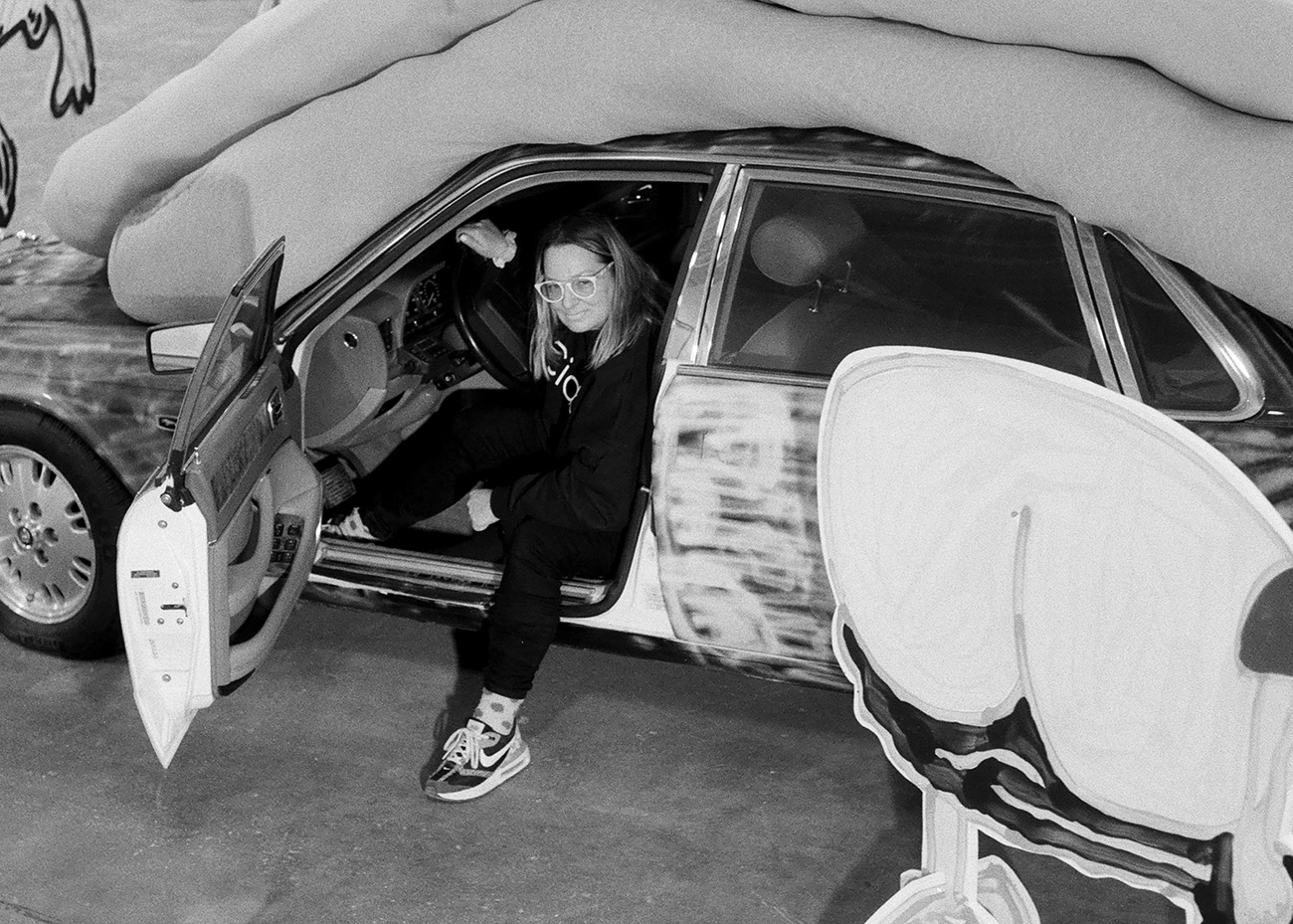
"I'm Bart Simpson. Who the hell are you?"Katherine Bernhardt
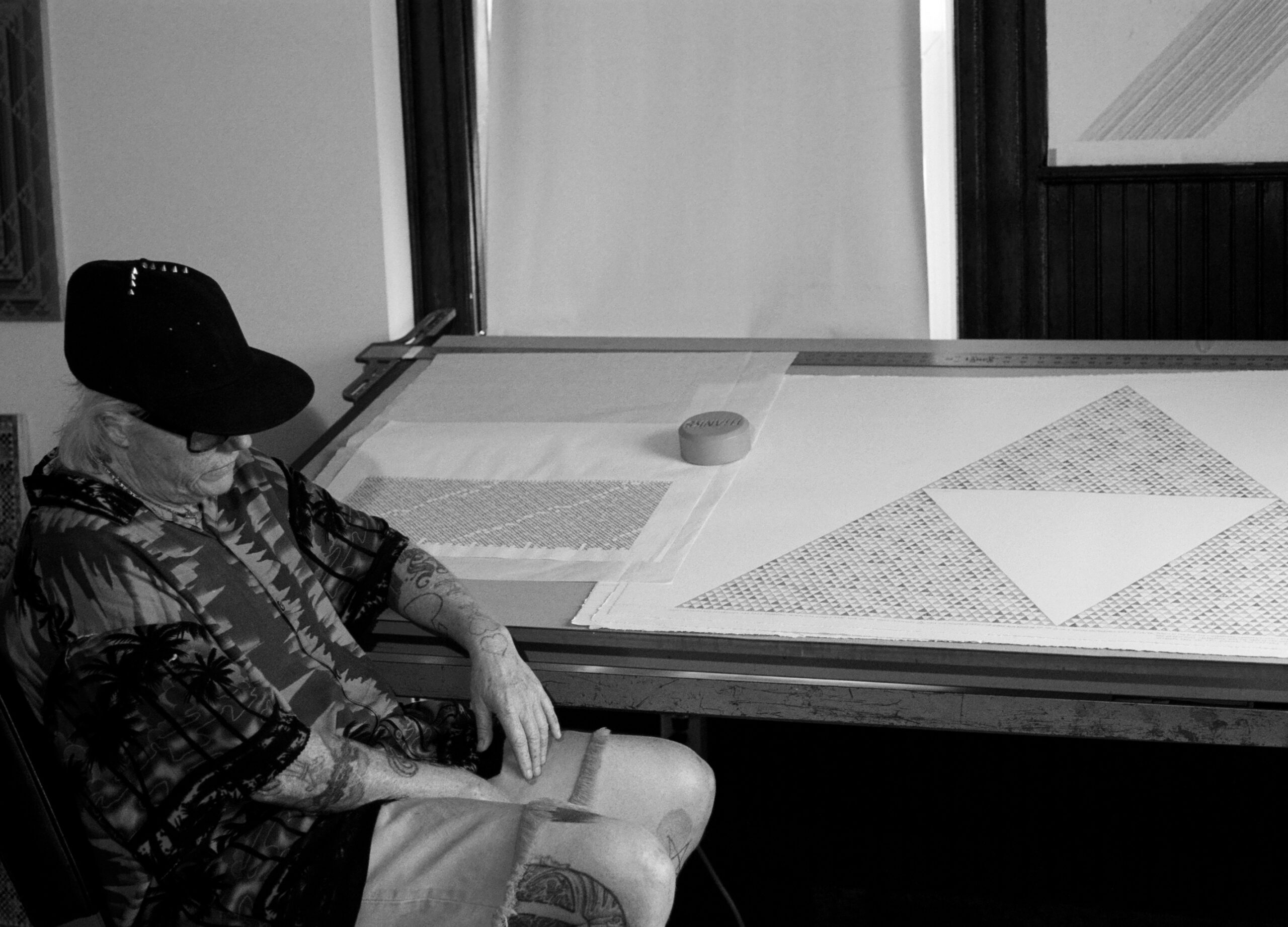
Second Saturn ReturnXylor Jane

The Cynnie PaintingsCarol Saft
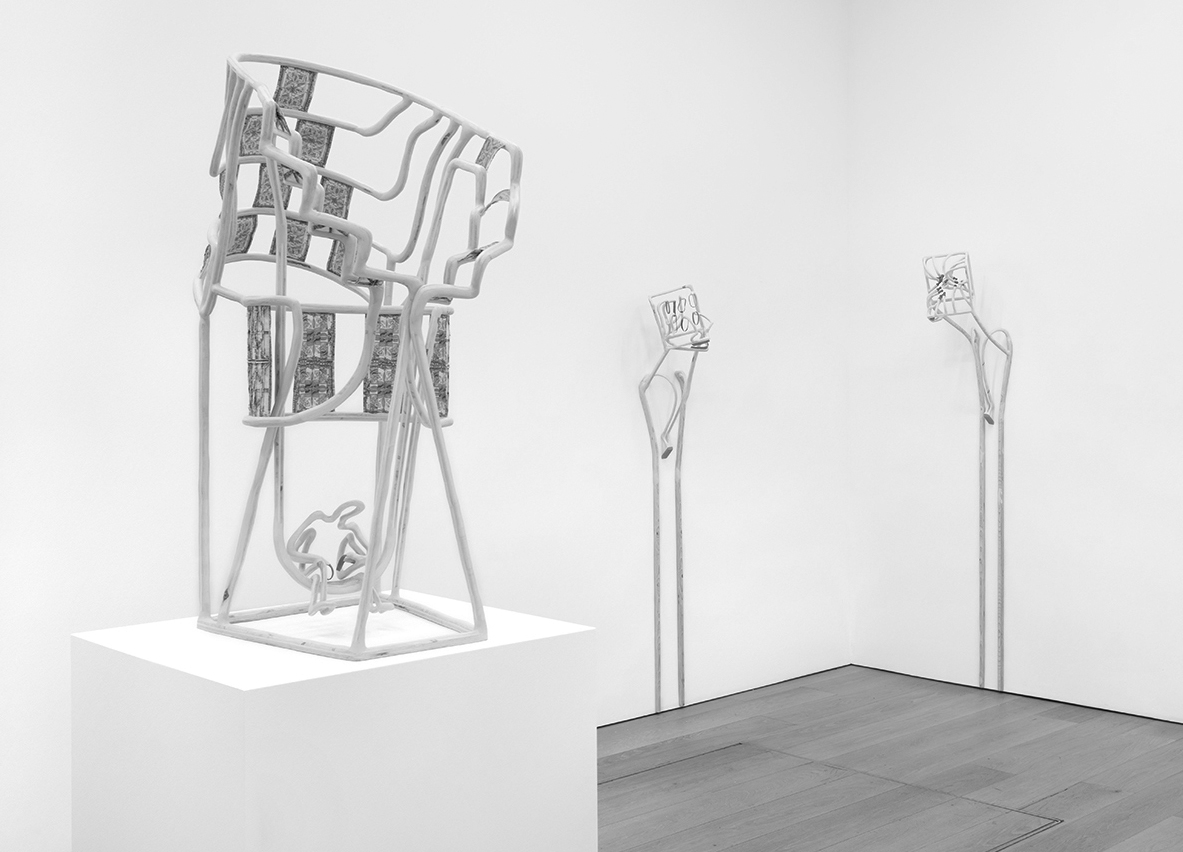
Frisson CityLee Relvas

Industrial IncandescentLuke Murphy
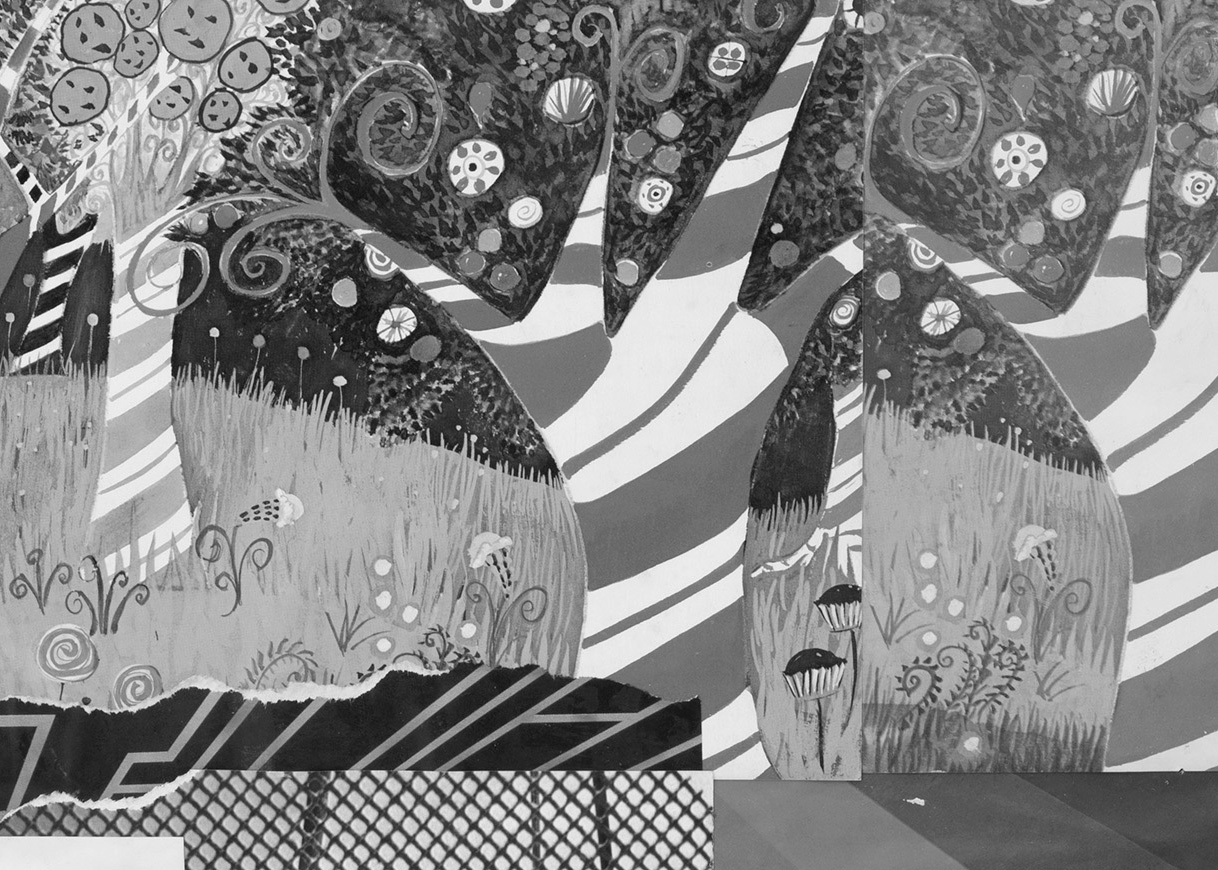
Reassembler 3Brian Belott
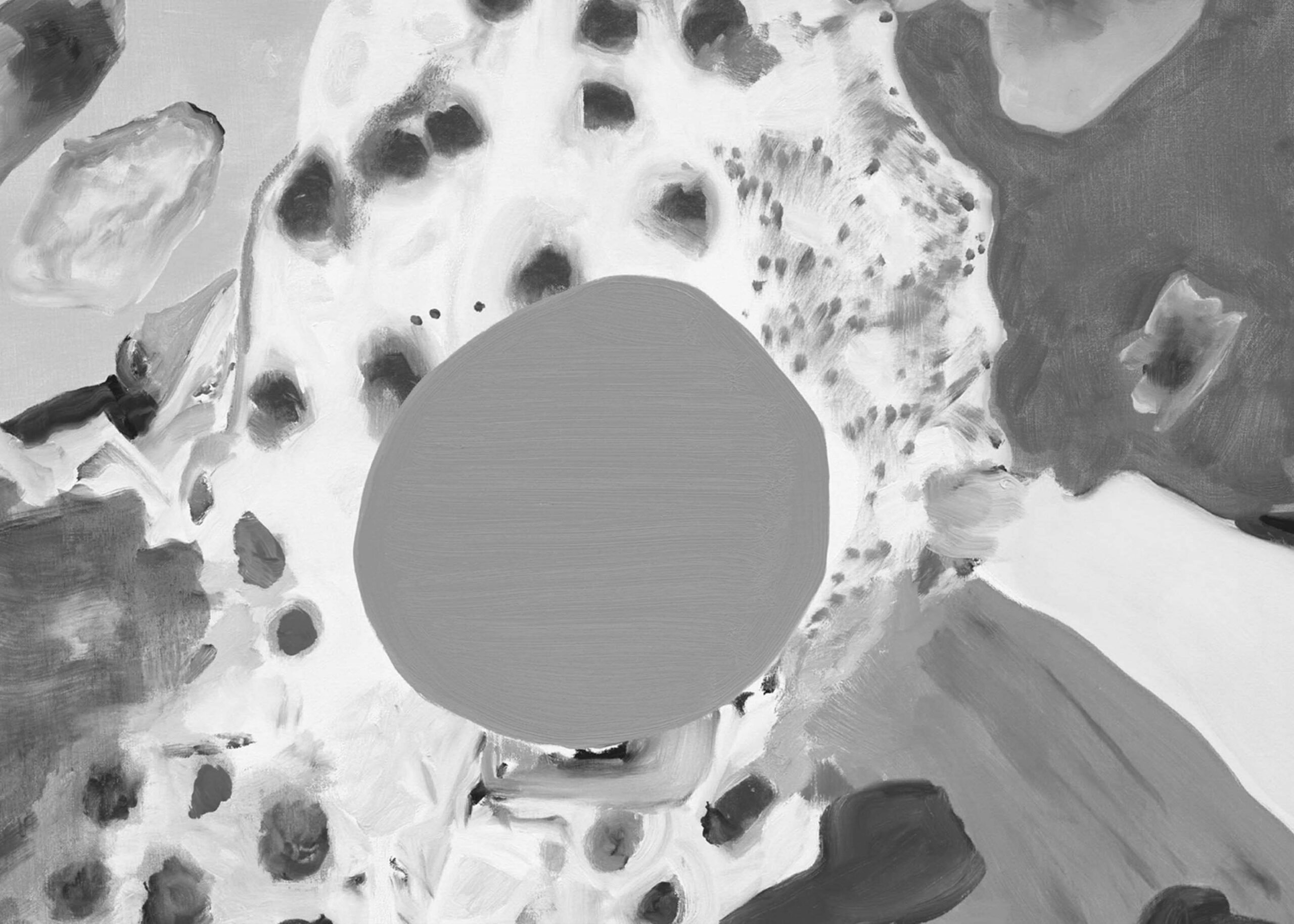
A Ball is for ThrowingElizabeth McIntosh
Ambient MusicLee Mary Manning
TORSOAnnabeth Marks
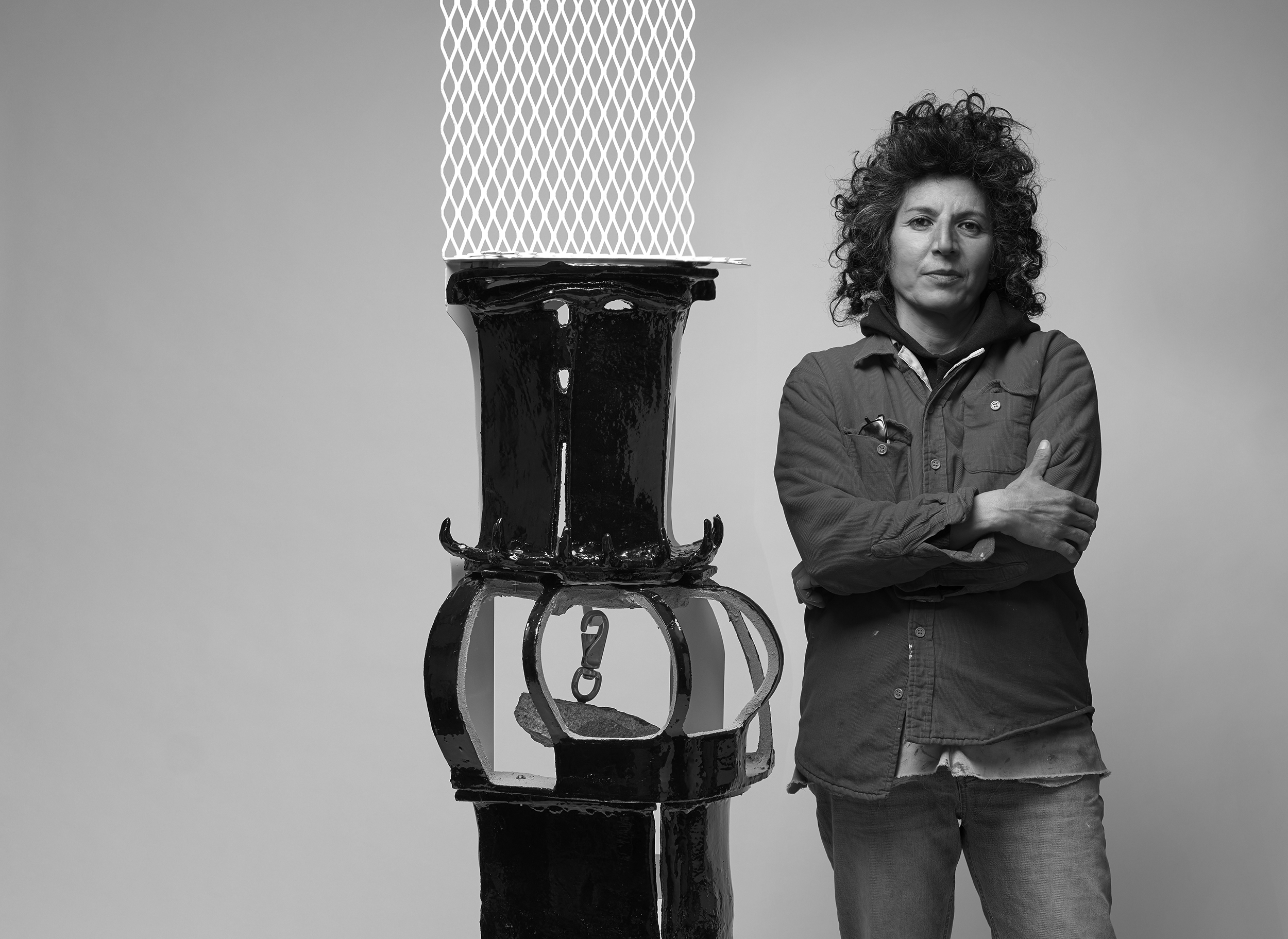
You Can't Cut It Into PiecesSahar Khoury
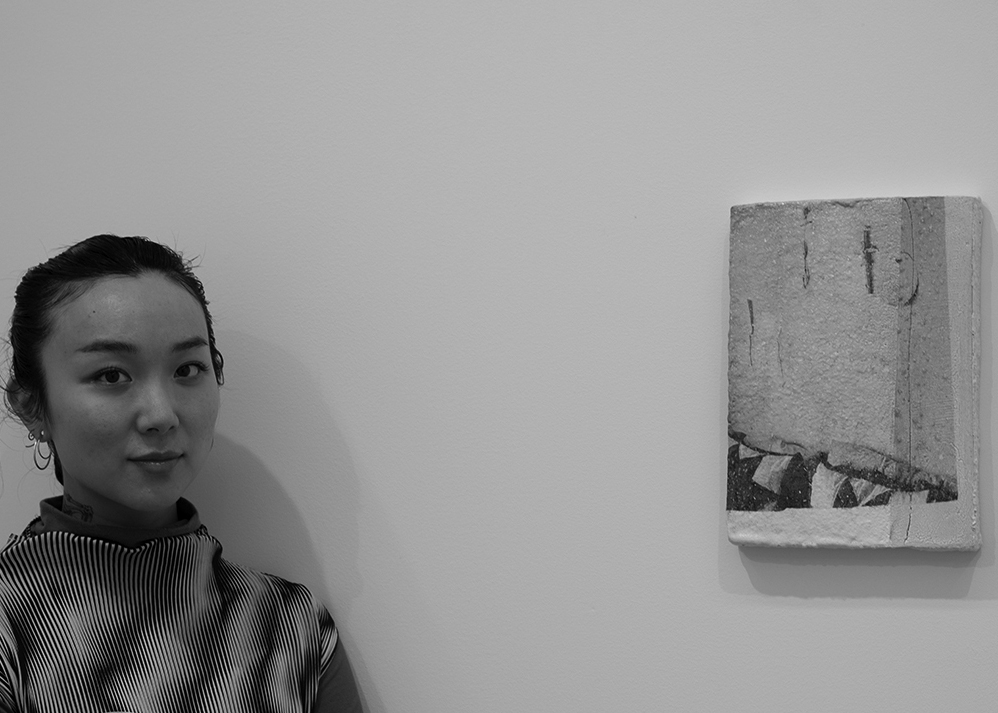
BiscuitLyric Shen
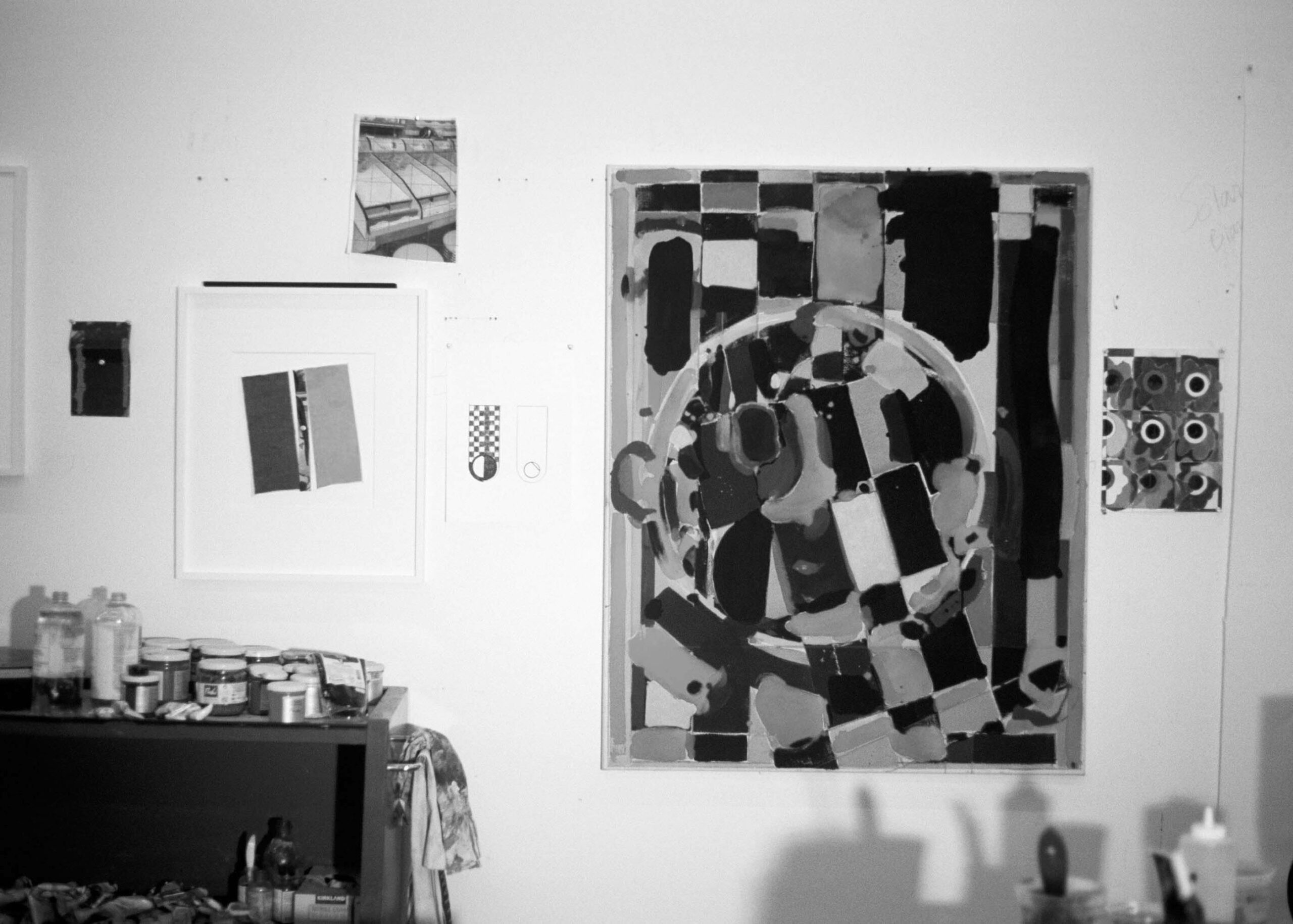
Body ForthMatt Connors
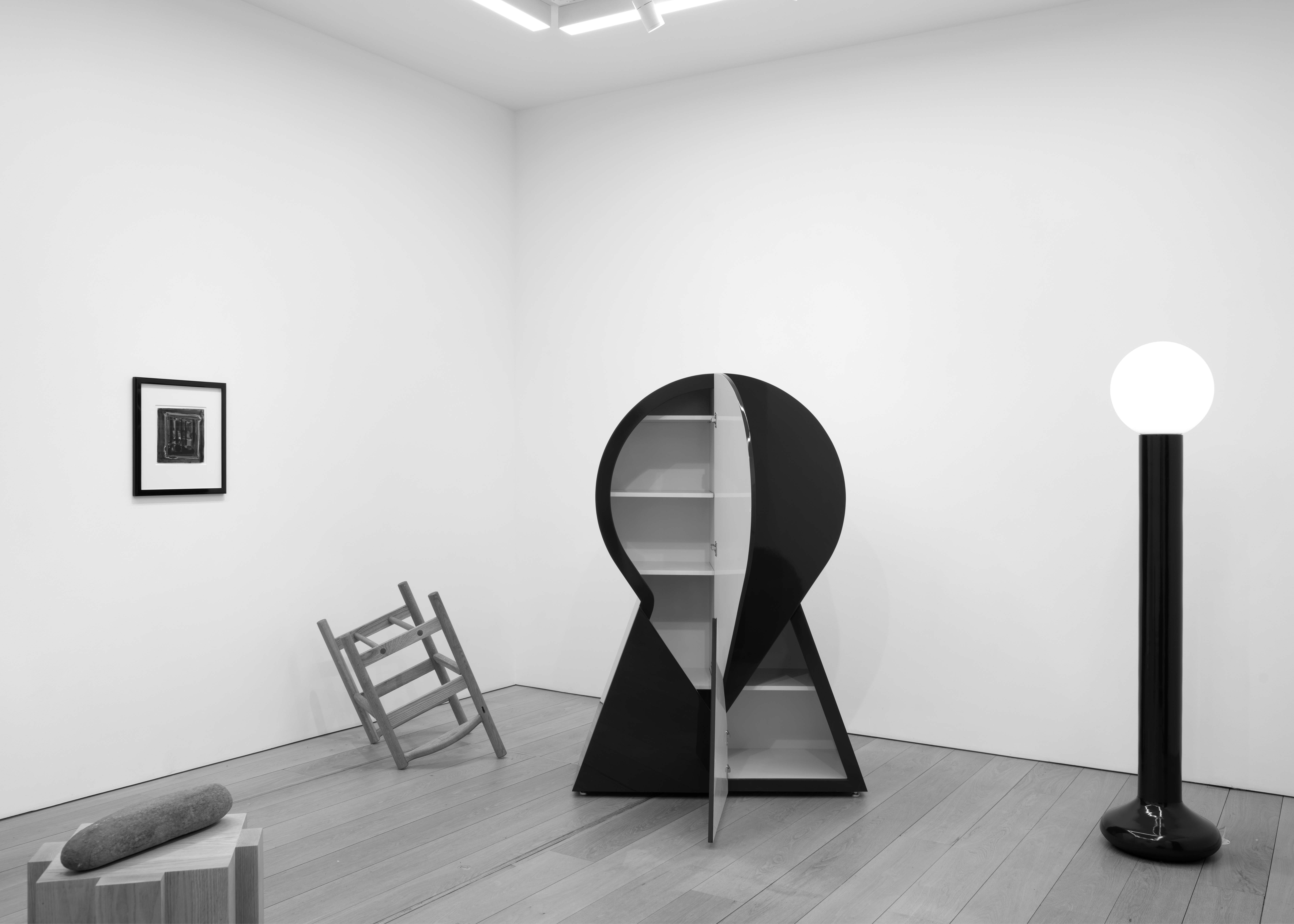
A Cliff to ClimbRyan Preciado
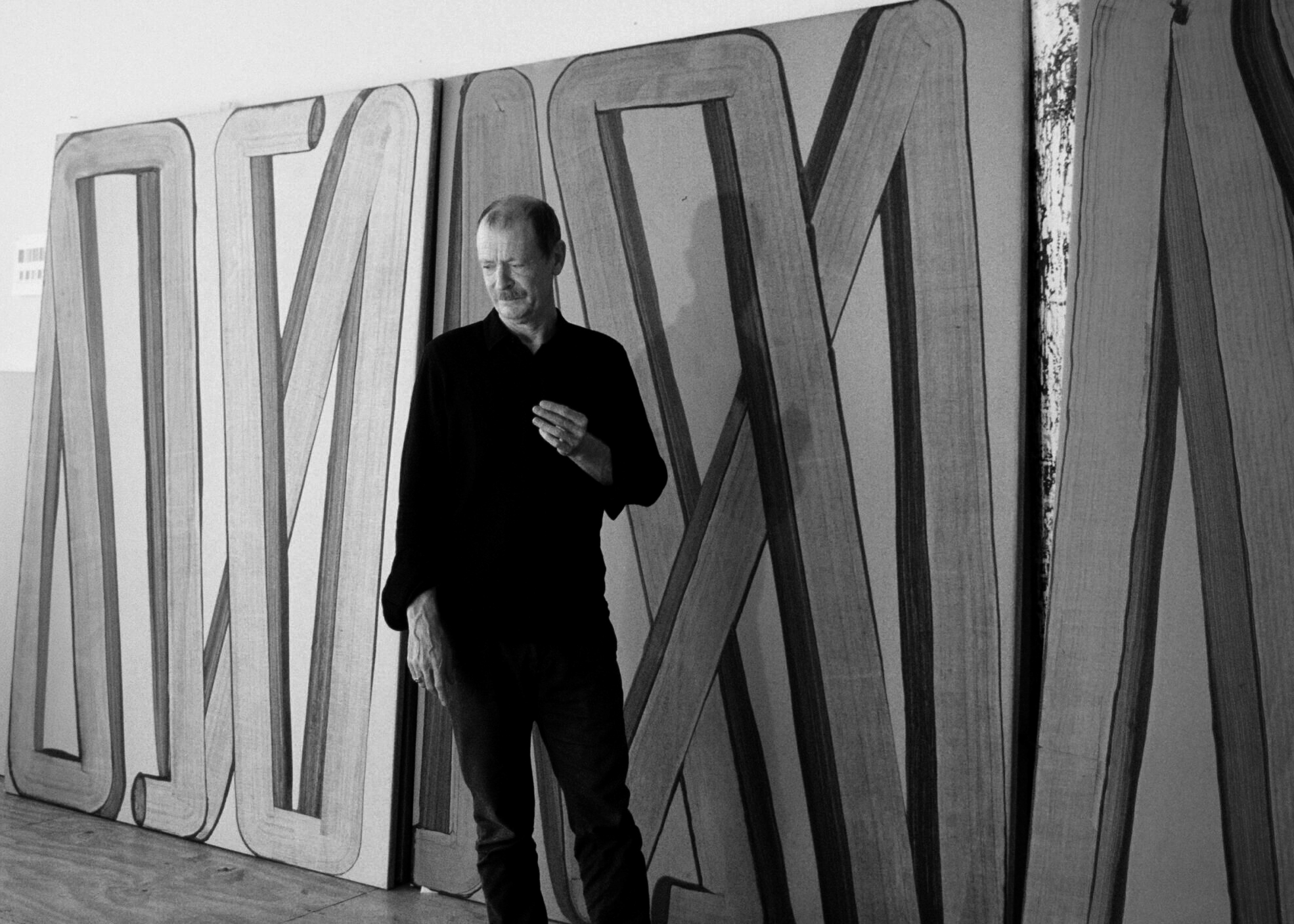
Library of a DreamRobert Janitz

Art Basel Miami Beach 2021Project type
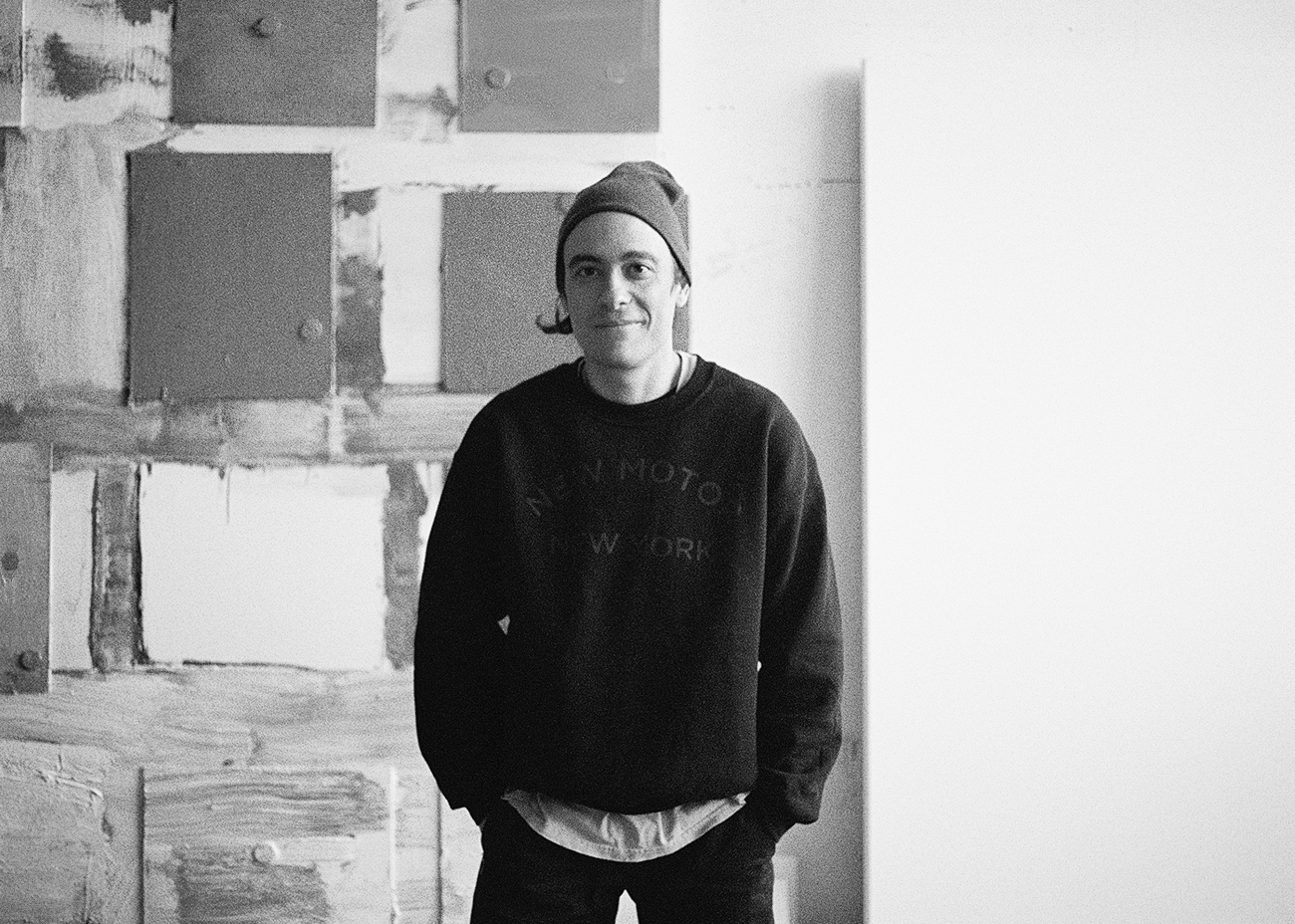
Gold GoldRJ Messineo

On ValentinesSpencer Lewis
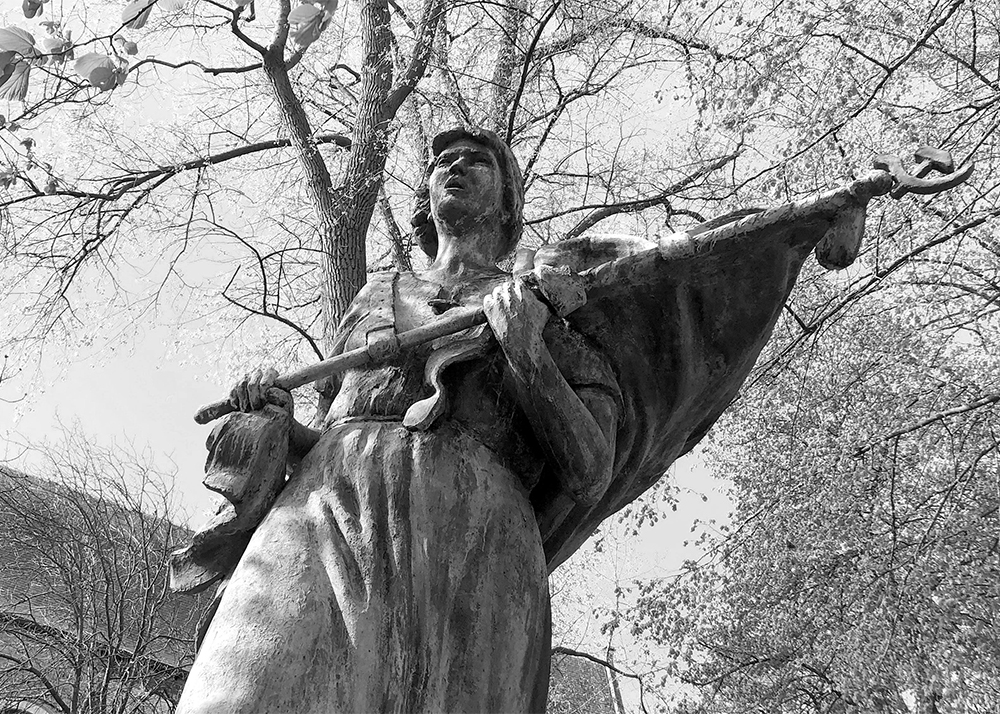
Who is afraid of Natasha?Joanna Malinowska & CT Jasper
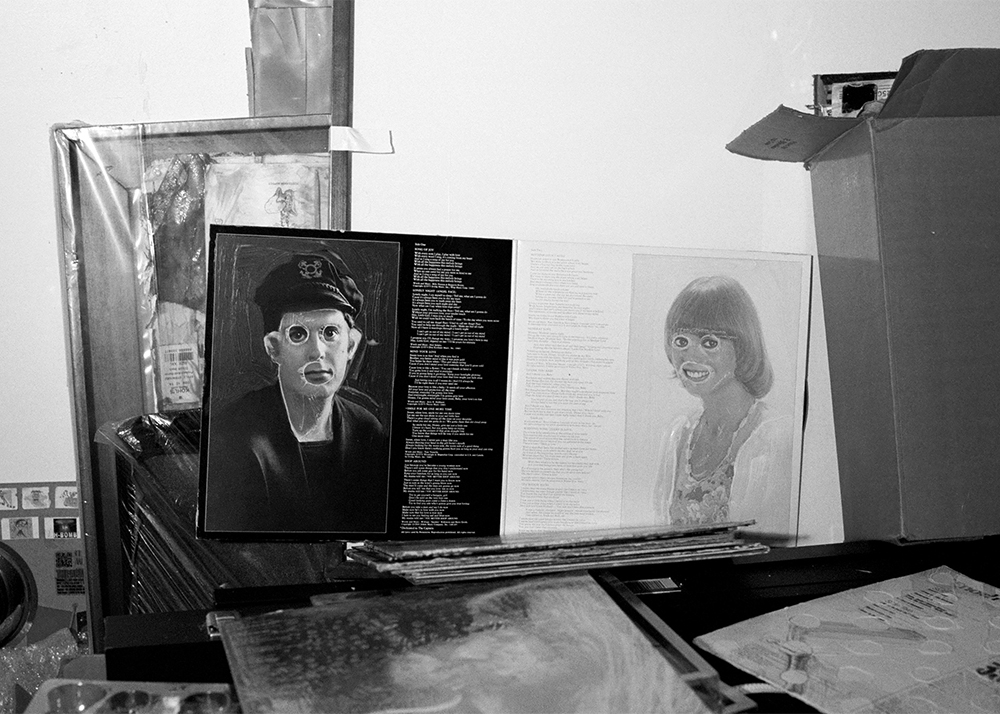
USMichael Mahalchick
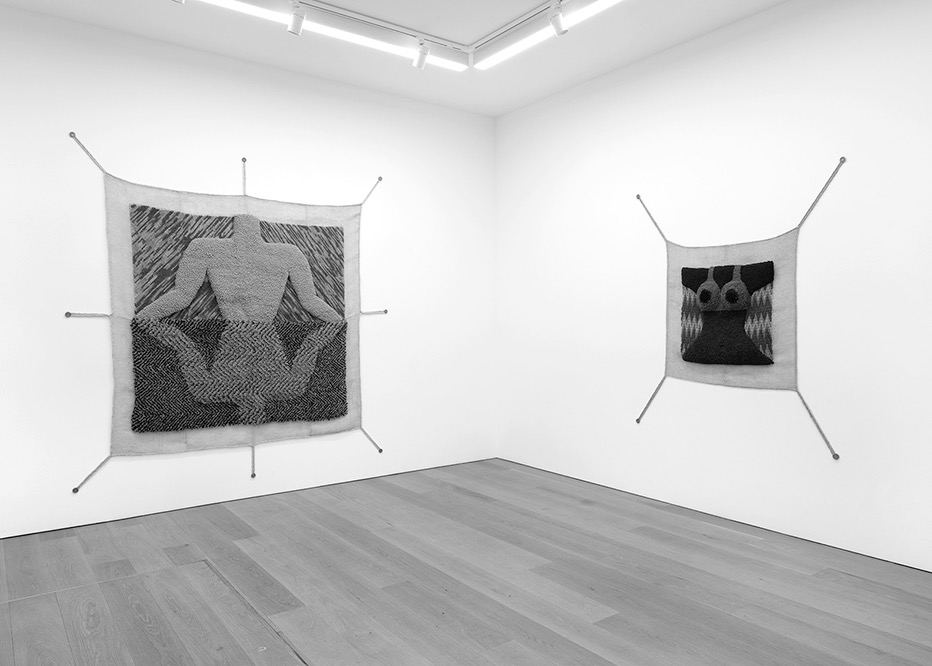
TRANSFIGURATIONAurora Pellizzi
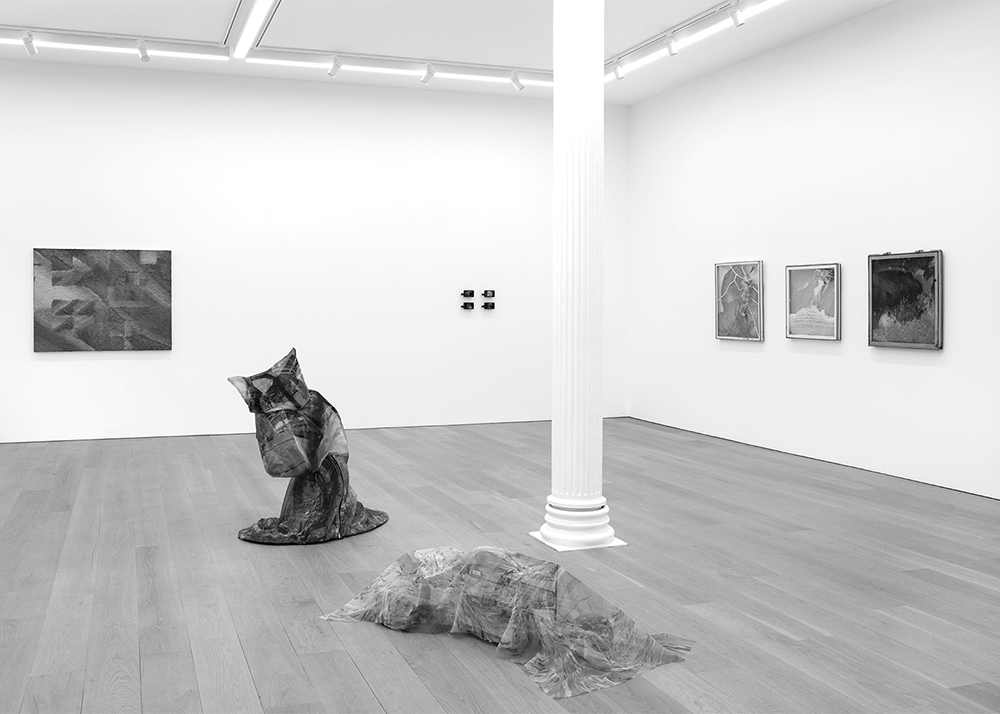
The Thick StreamGroup Exhibition

5 SeasonsJason Fox
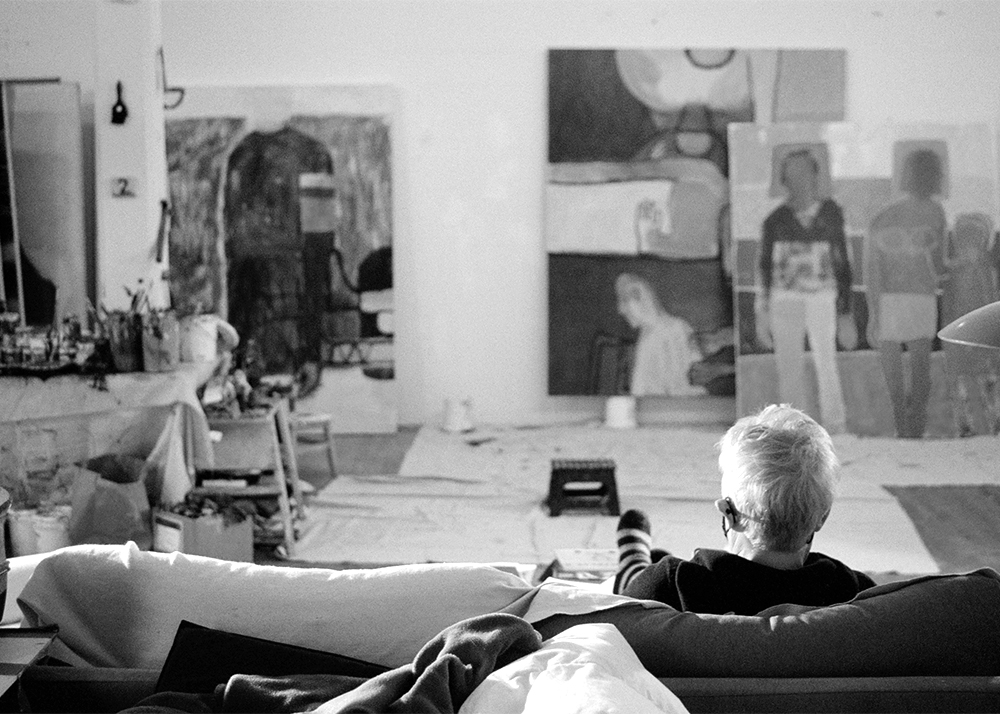
Mother PaintingsKatherine Bradford

Ceramics and PrintsElisabeth Kley

Black Femme: Sovereign of WAP and the Virtual Realm curated by Christiana Ine-Kimba Boyle
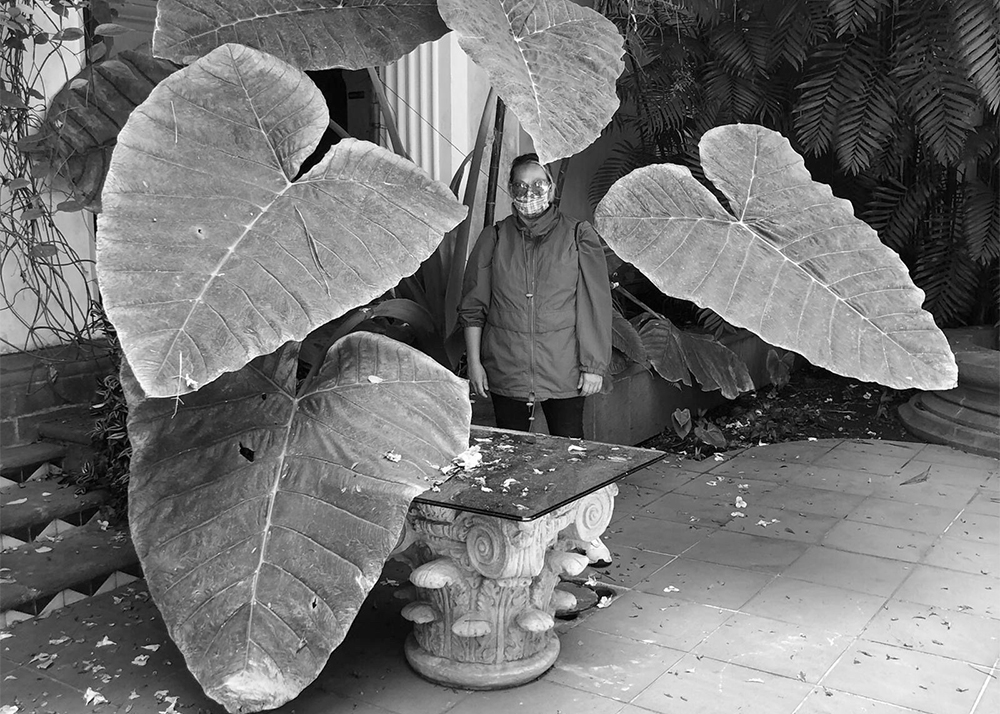
#VayaConDiosKatherine Bernhardt
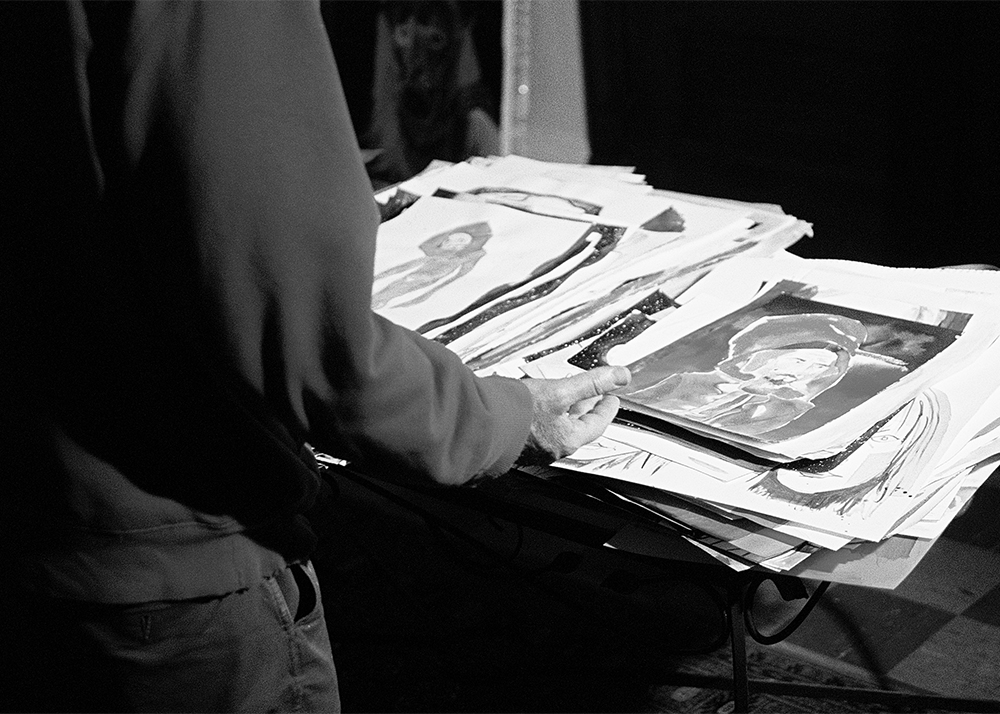
DrawingsJason Fox
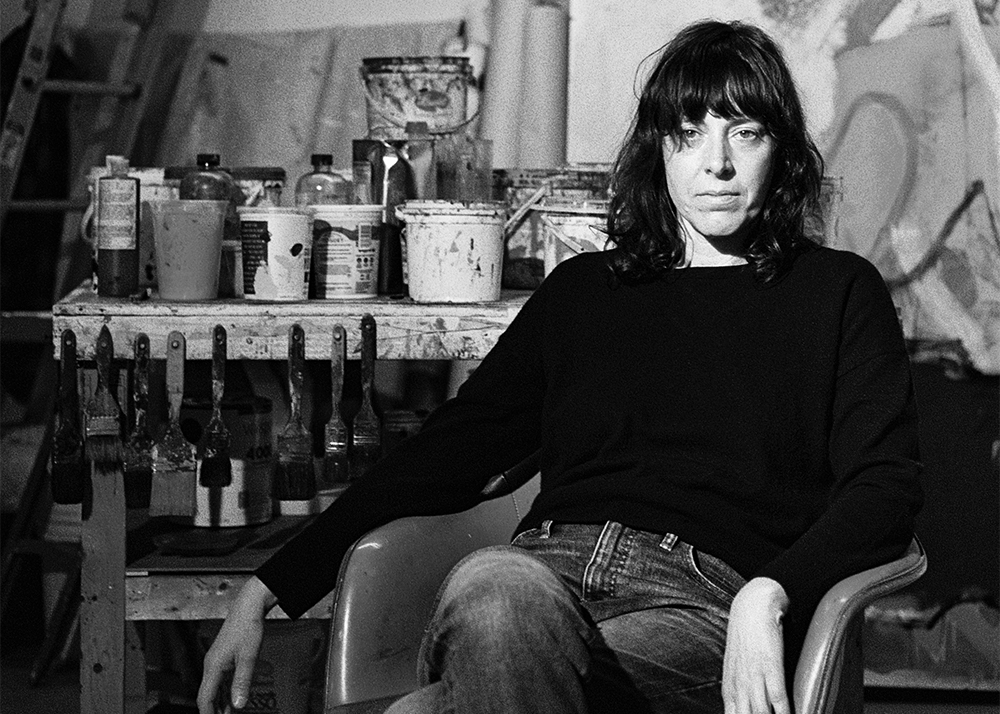
Heart, HeartAnke Weyer
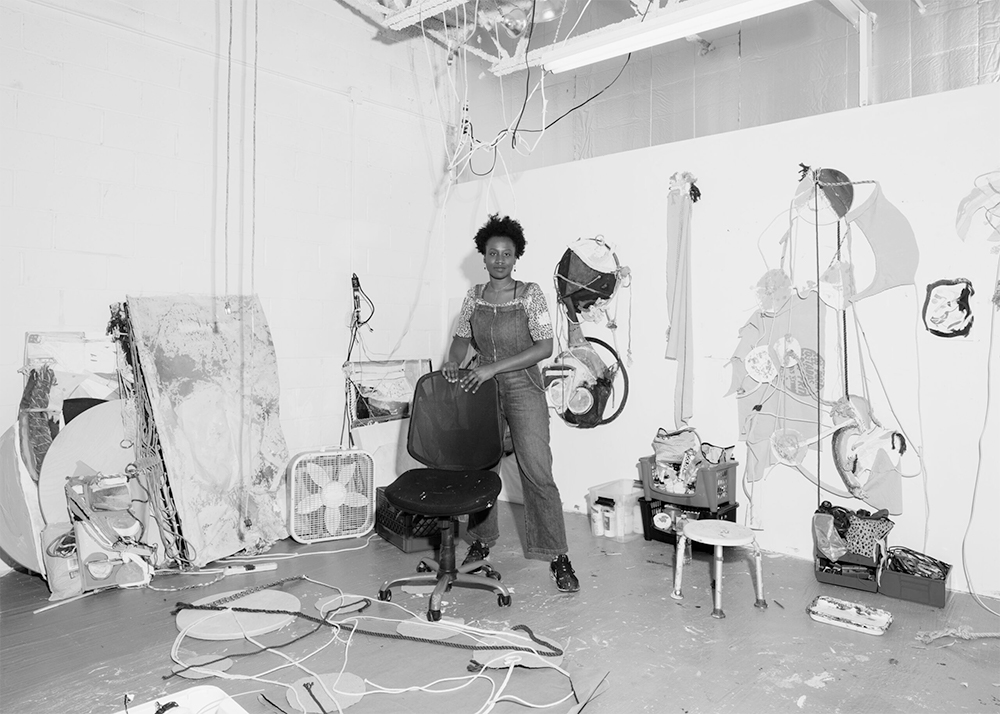
Tracing MemoryRachel Eulena Williams

Rayos De SombraRobert Janitz

GorpTyson Reeder

EREHWONSadie Laska

The Summer Becomes a RoomJoan Snyder
